

Photography by Ekaterina Shapiro-Obermair
Ekaterina Shapiro-Obermair
Performing History
Public Commemoration of World War II in the Context of the Russo-Ukrainian War
German; 318 pages; 14.8 × 22.5 cm; 30 black-and-white illustrations.
Original title: Geschichte performen. Öffentliches Gedenken an den Zweiten Weltkrieg im Zeichen des russisch–ukrainischen Krieges.
Bielefeld: transcript, October 2024.
www.transcript-verlag.de
Ritualized commemorations, spontaneous demonstrations, and political actions. This book examines public assemblies that took place in the urban space of the western Ukrainian city of Lviv and that recalled World War II against the backdrop of the Russo-Ukrainian War. As condensed forms of communication, these events reflect how various populations and interest groups negotiate Ukraine’s complex history. By examining specific situations, moods, and representations, it offers insights into contemporary Ukrainian identities rooted in the idea of a shared past. Beyond analyzing the local context, the author identifies two models established during the post-war period by opposing political systems to address the extreme violence of World War II, and explores how these divergent interpretive approaches continue to influence the present.
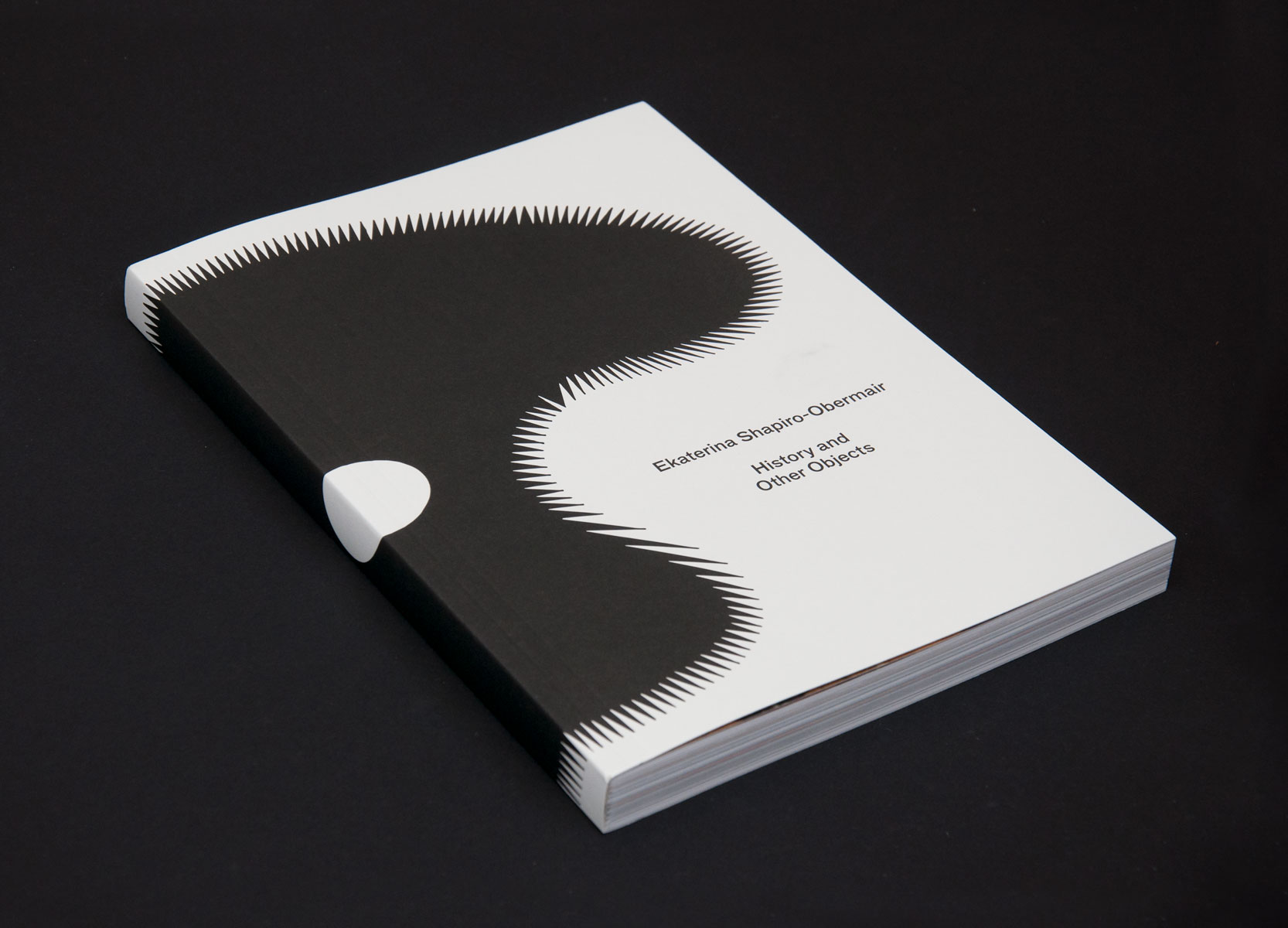
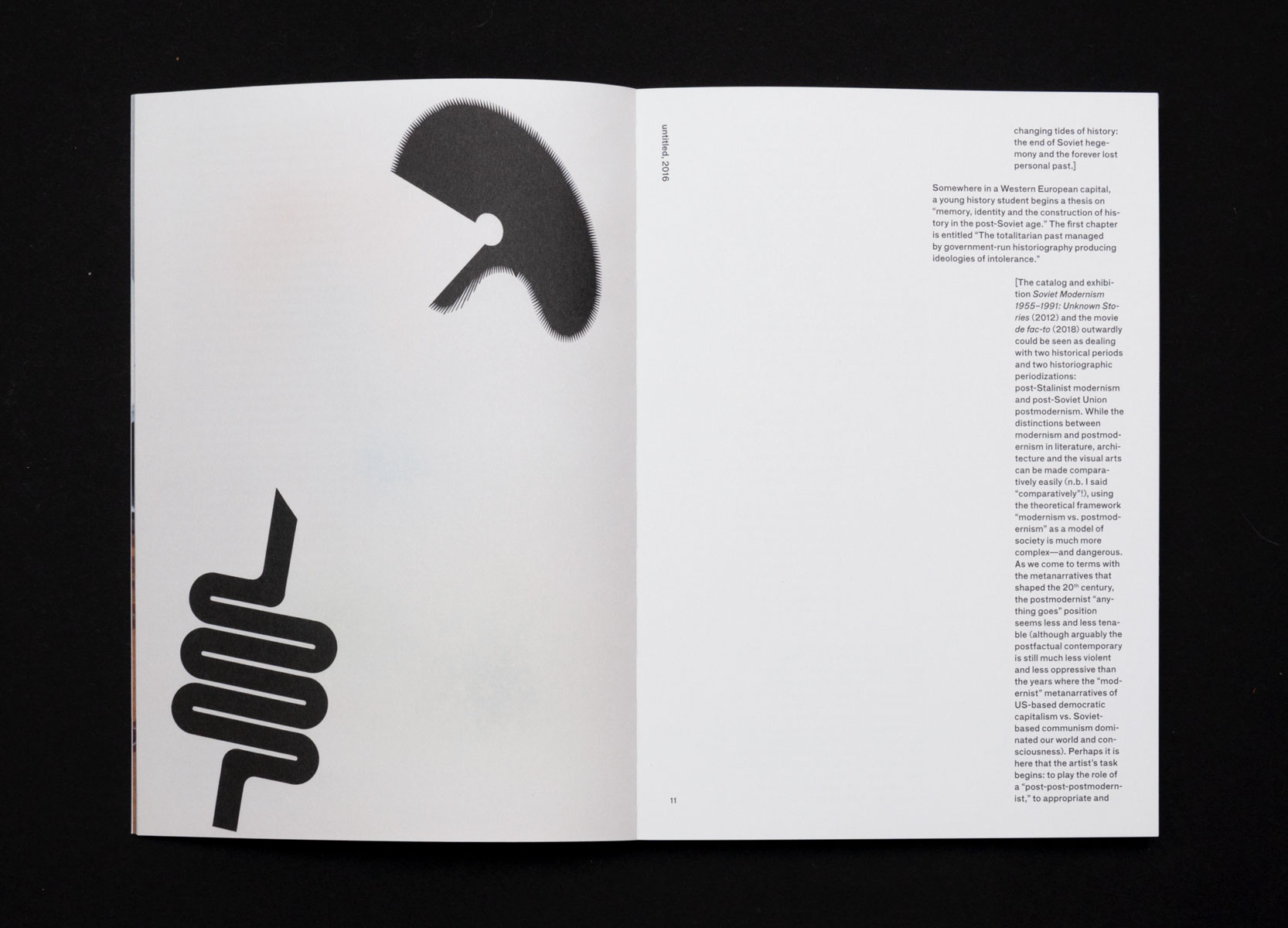
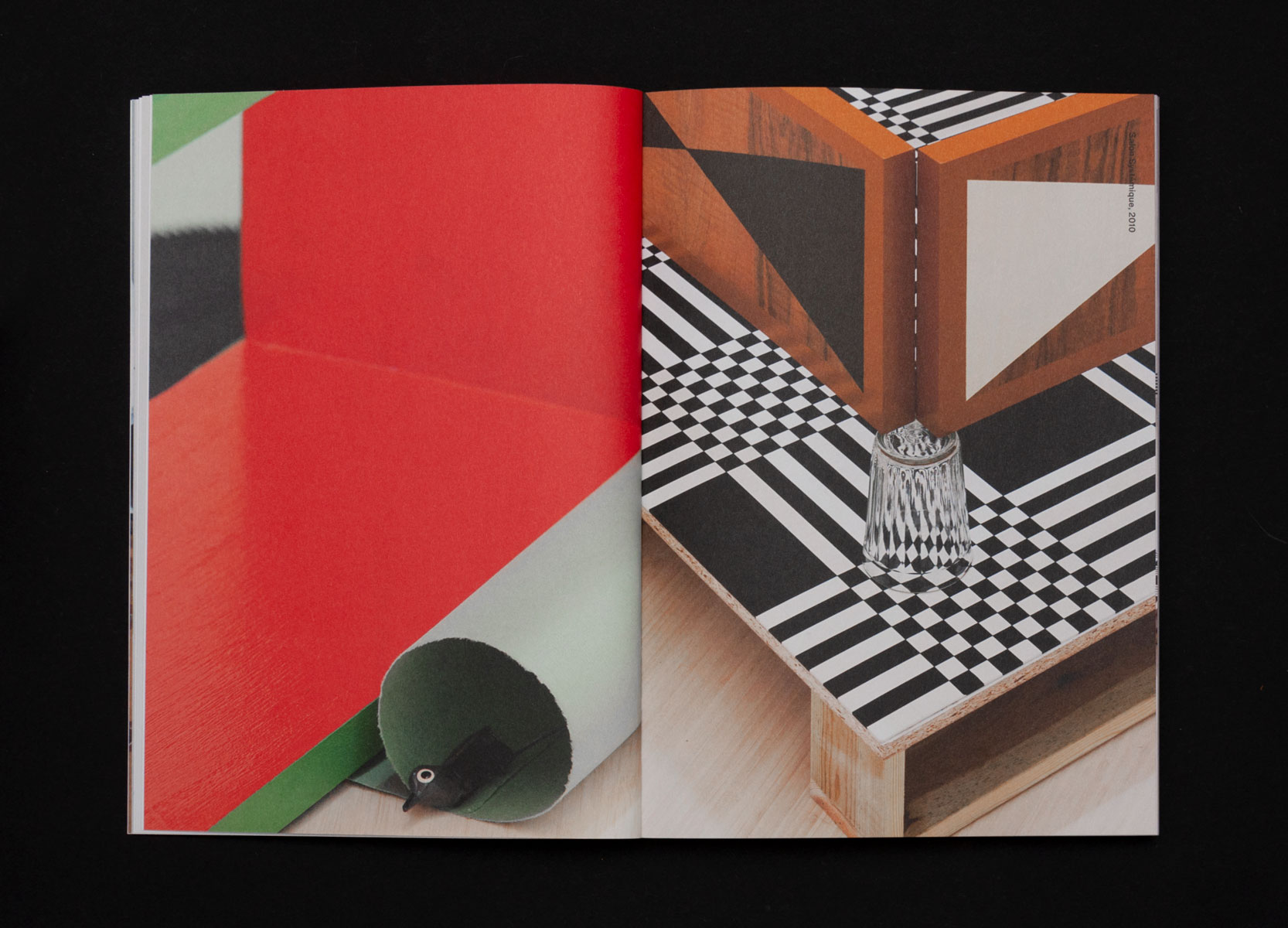
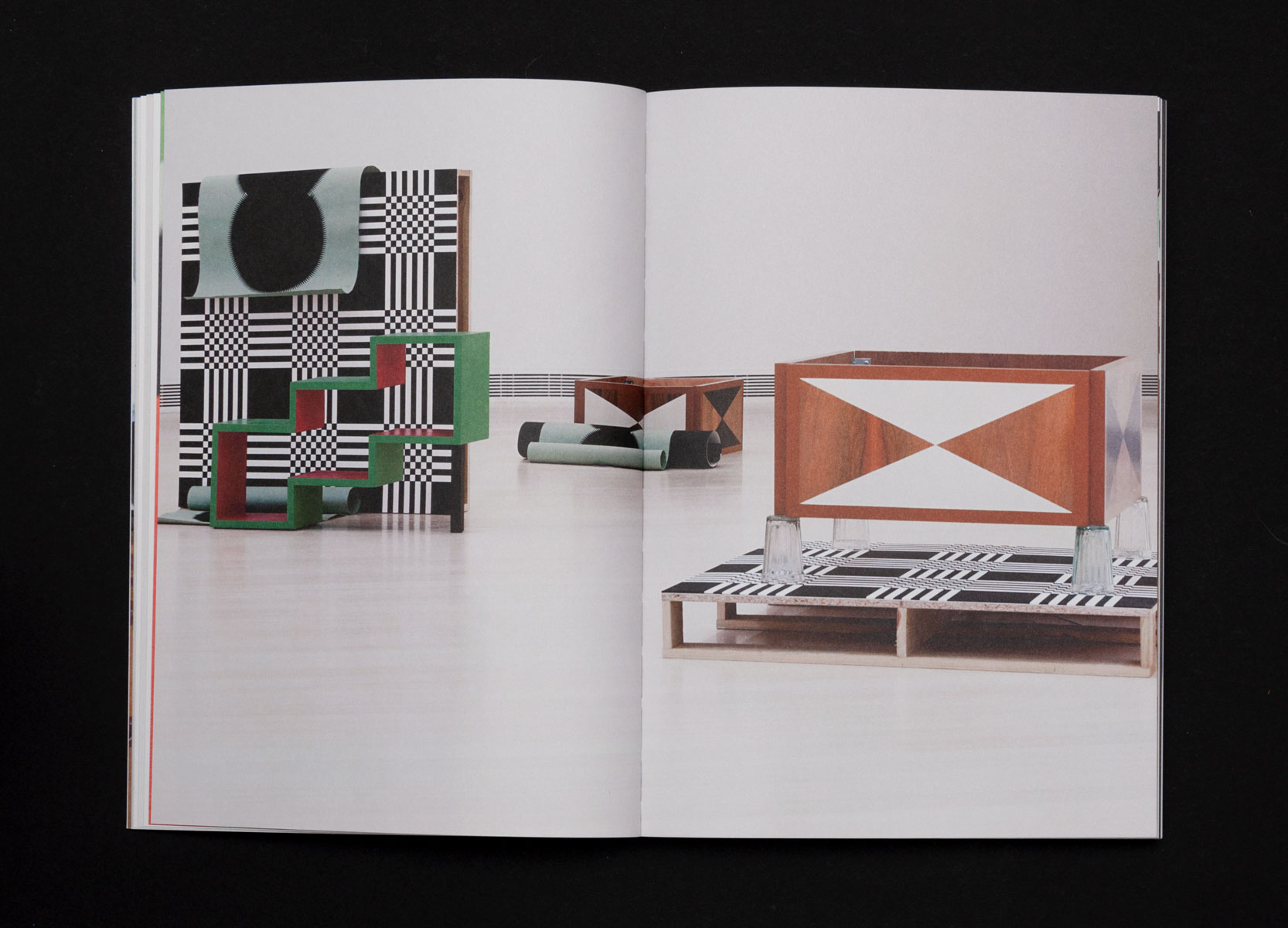
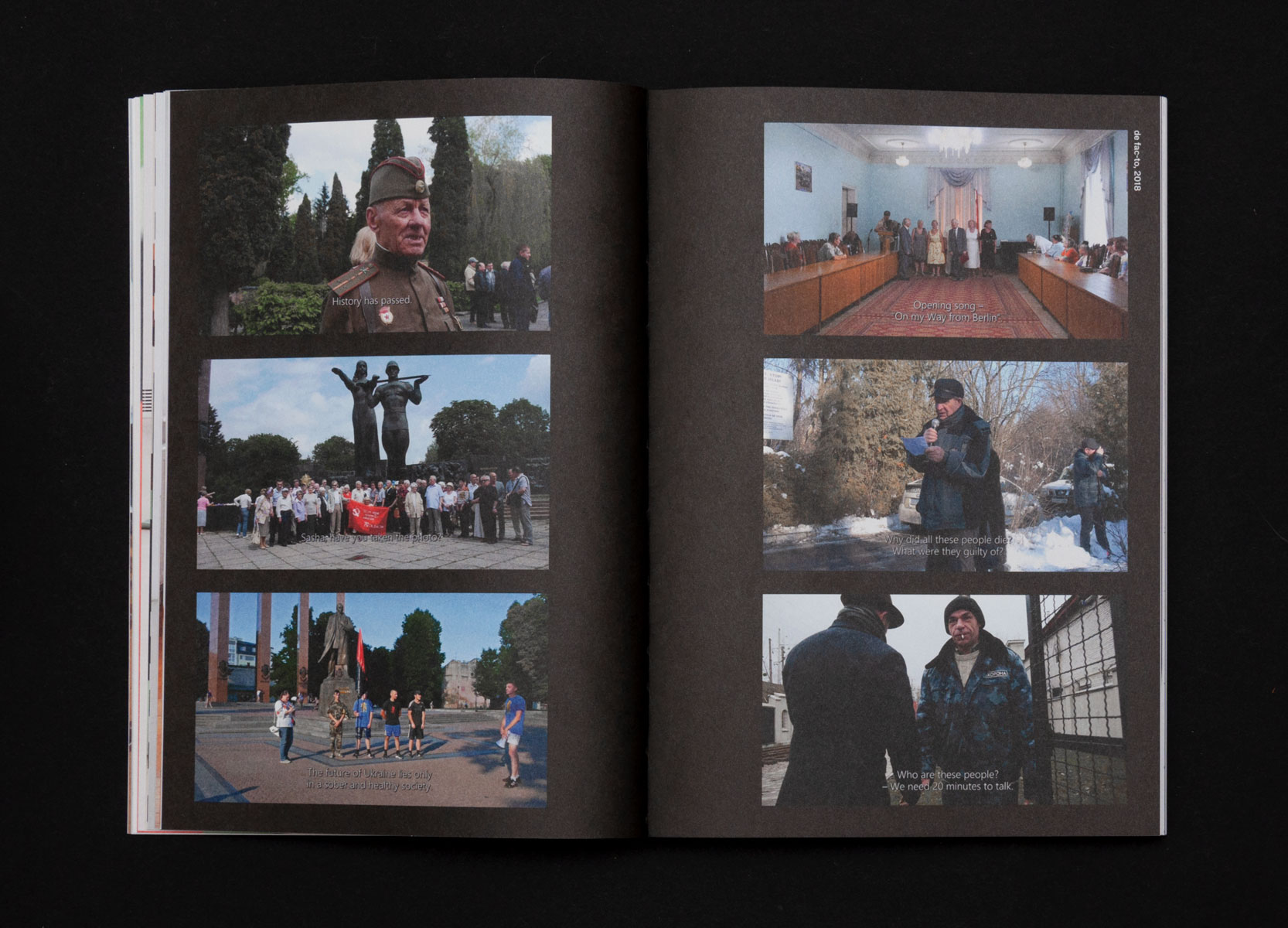
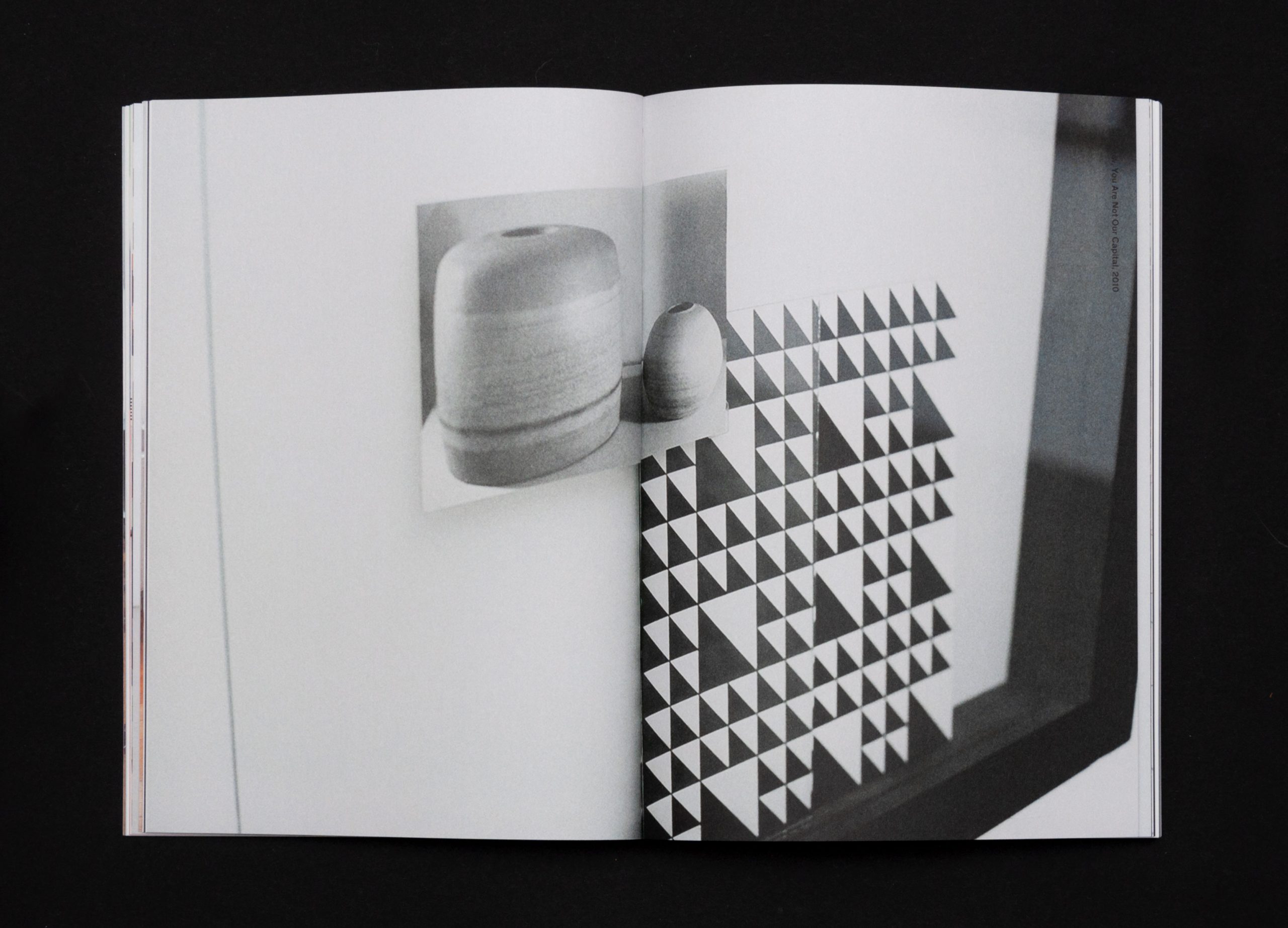
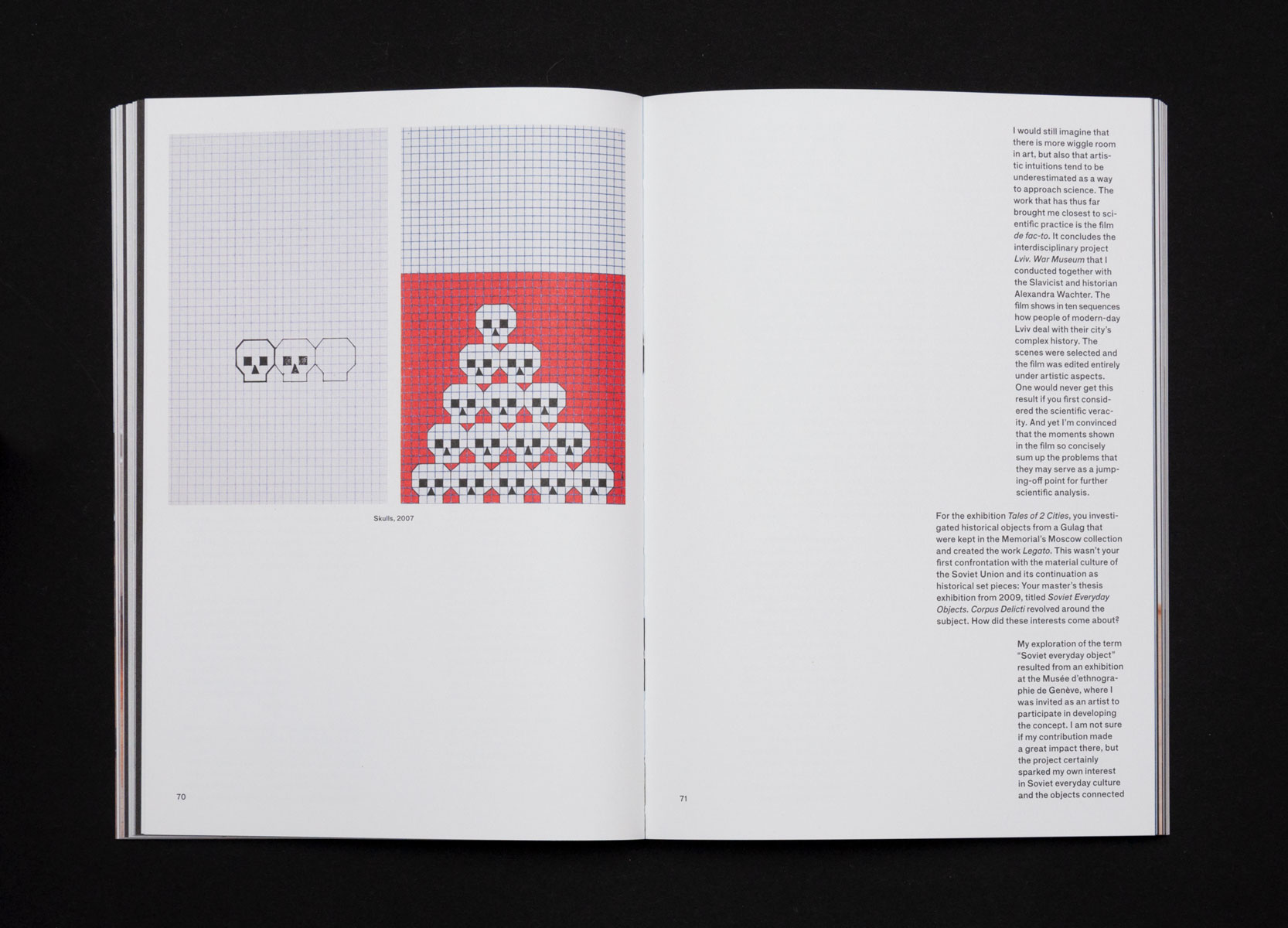
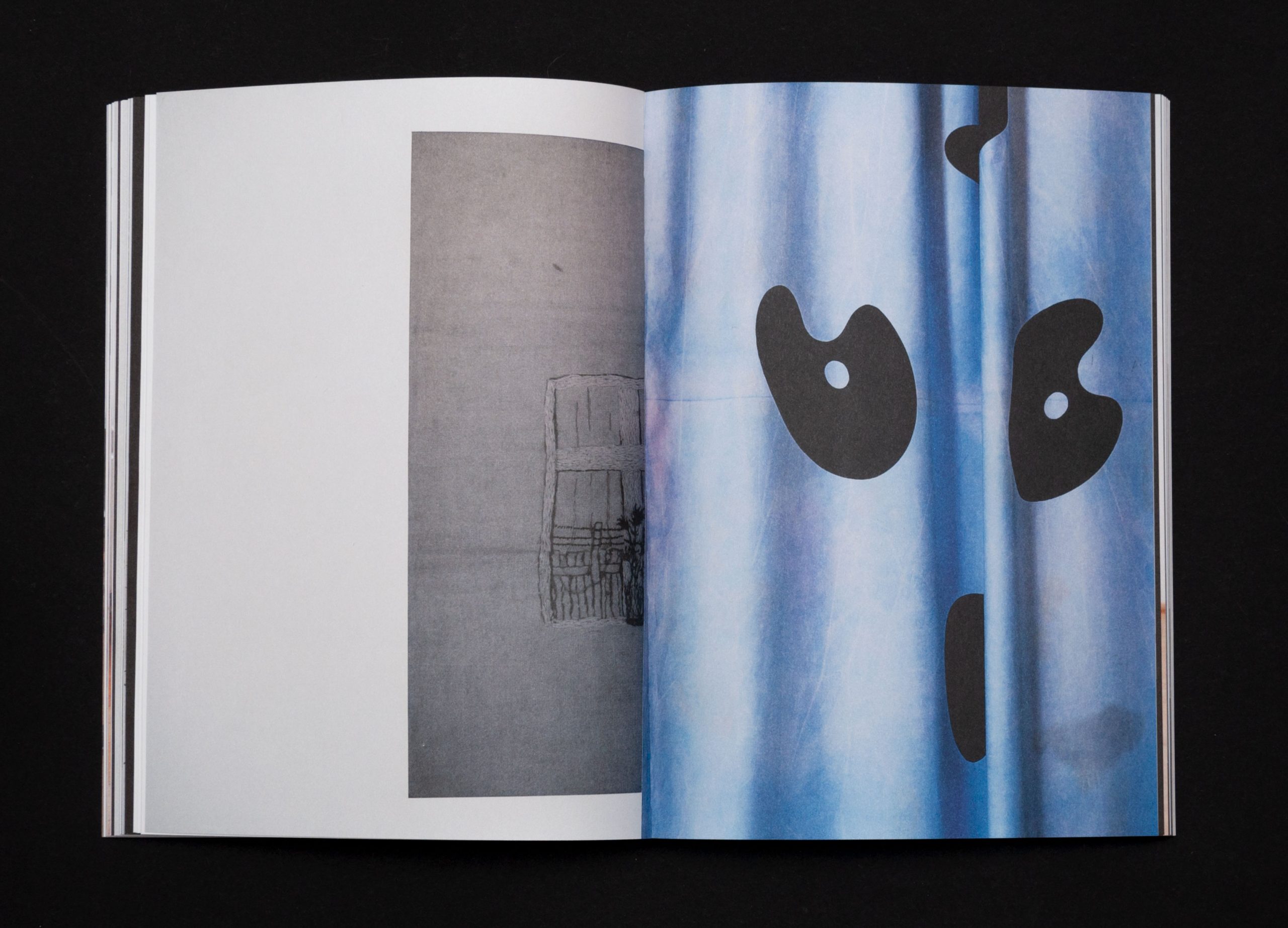
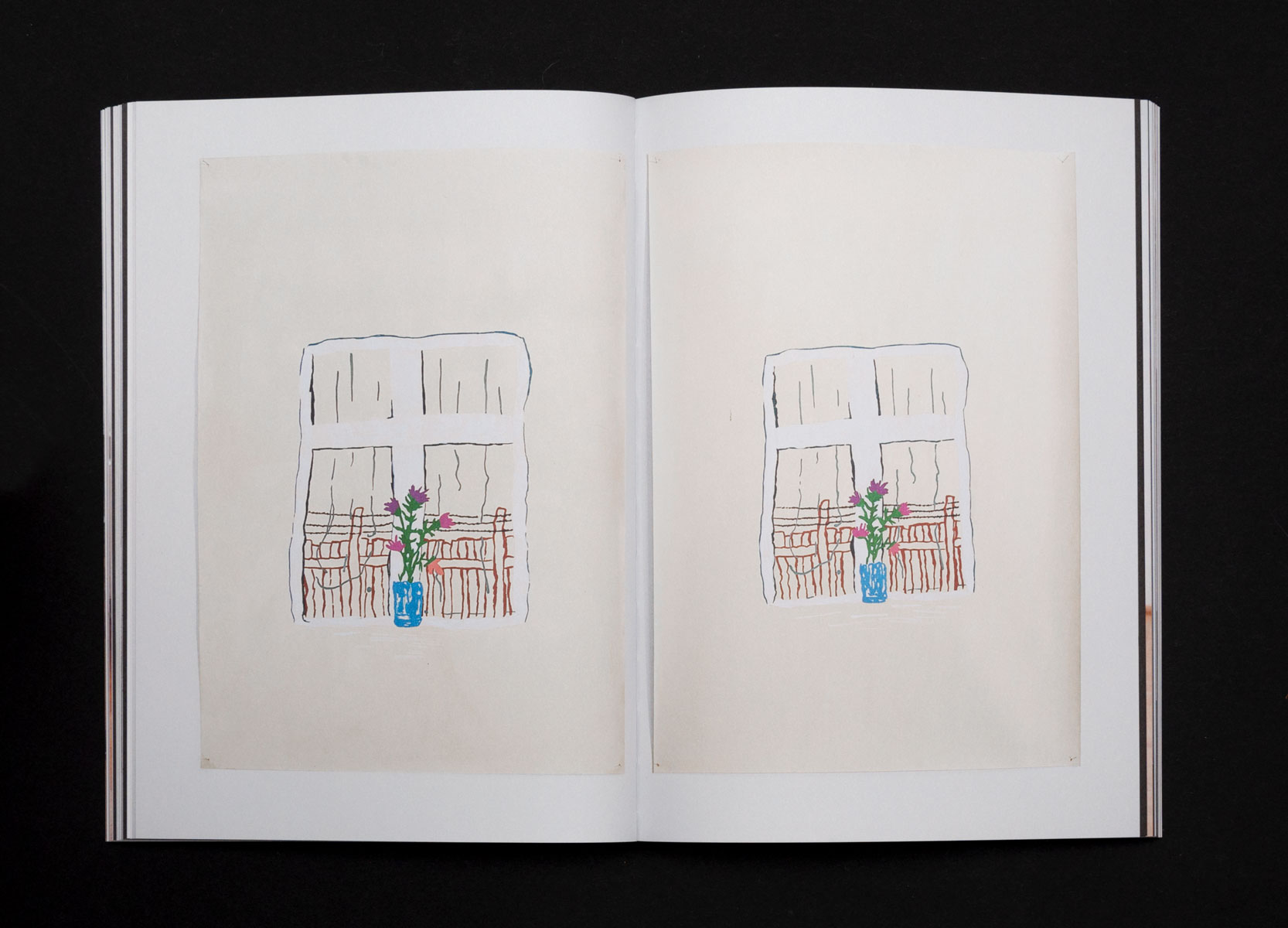
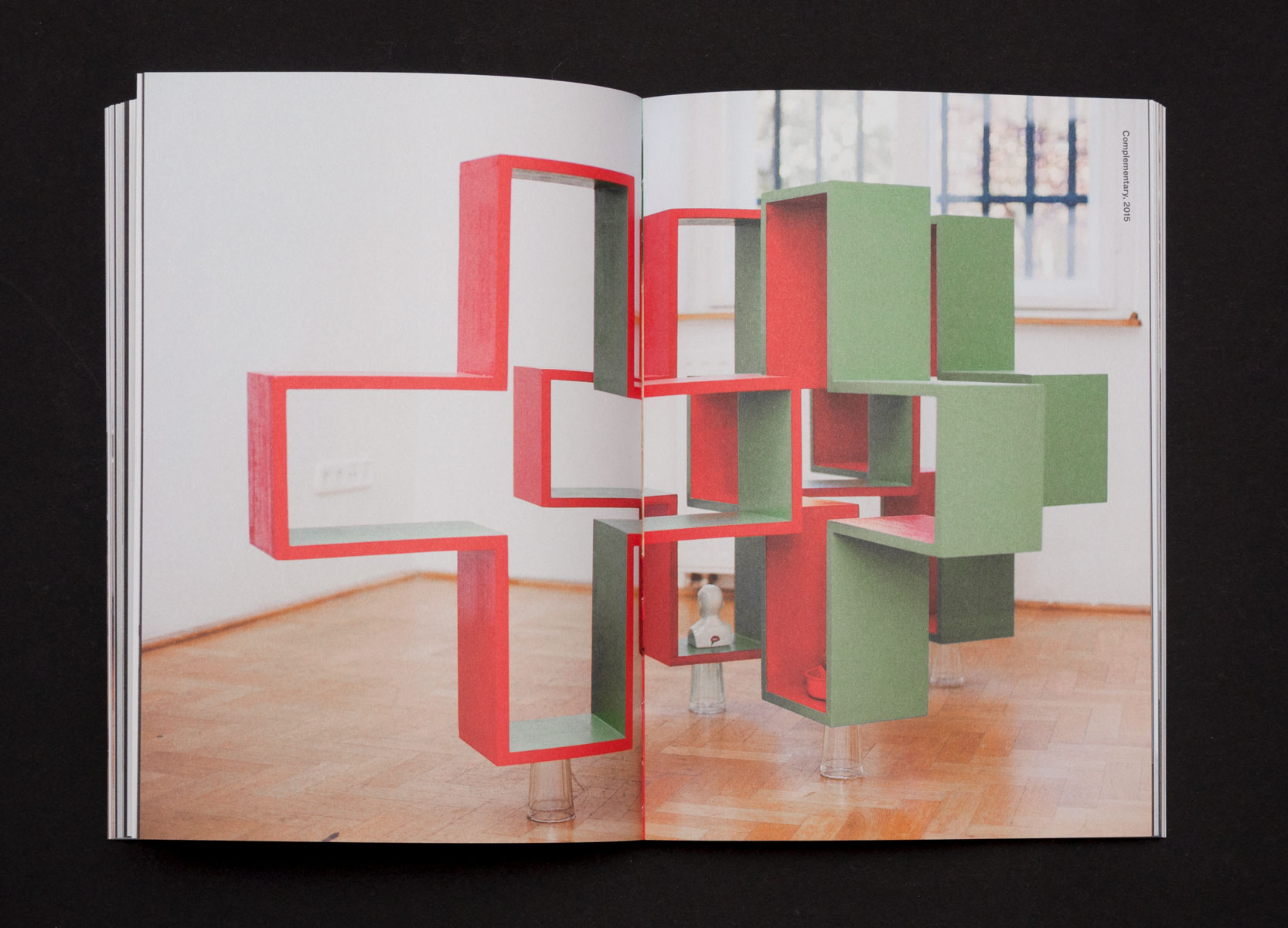
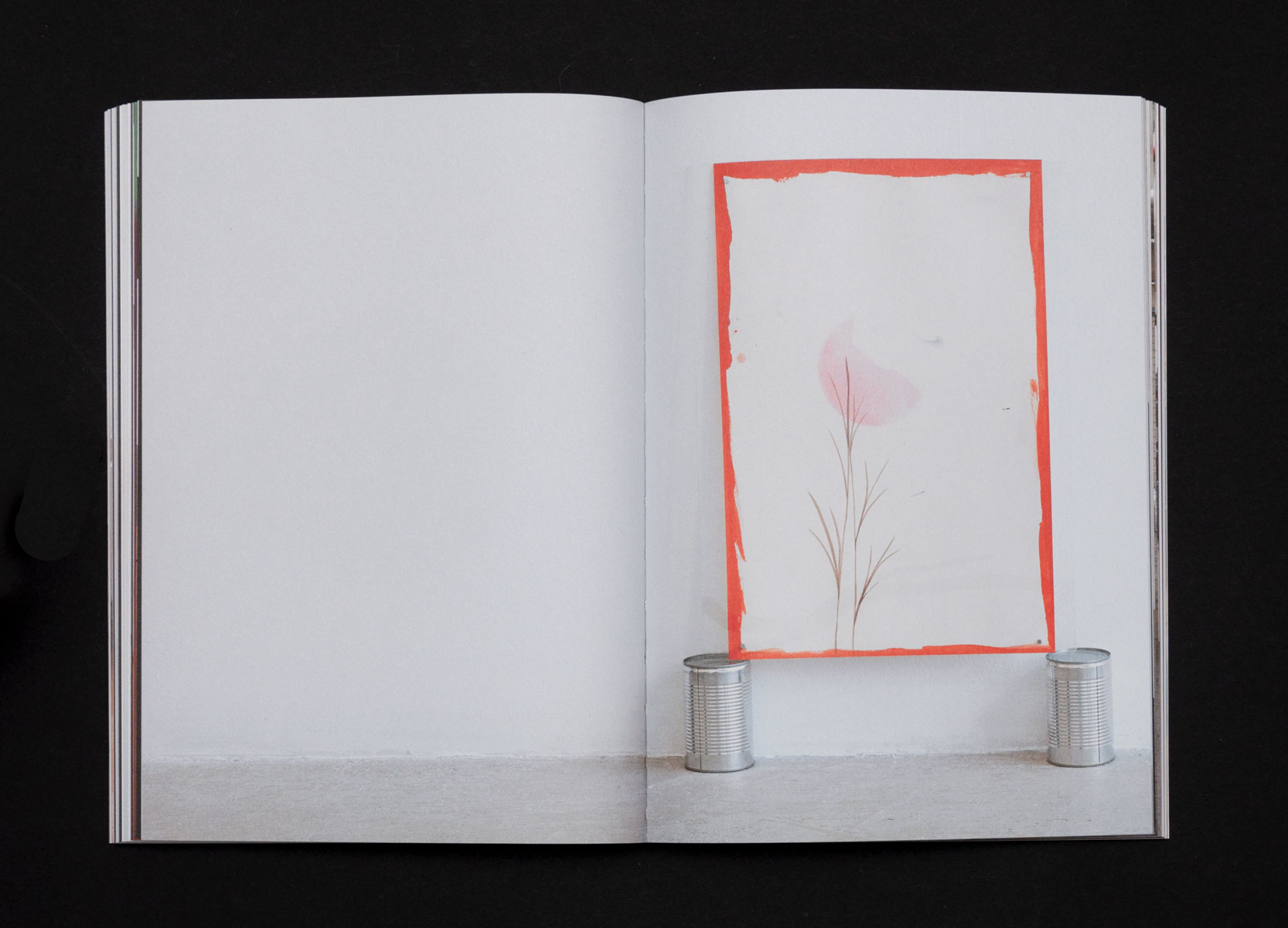
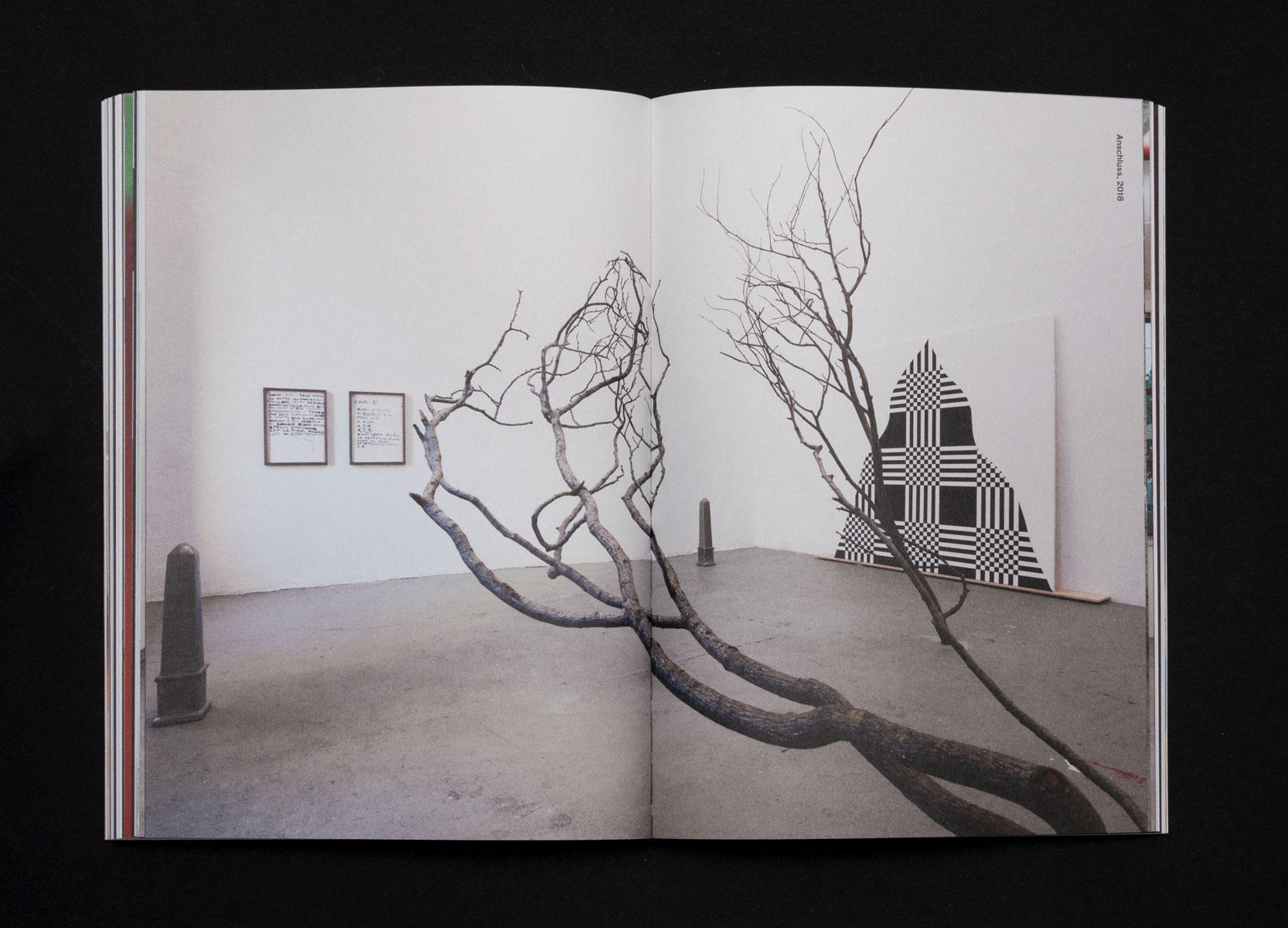
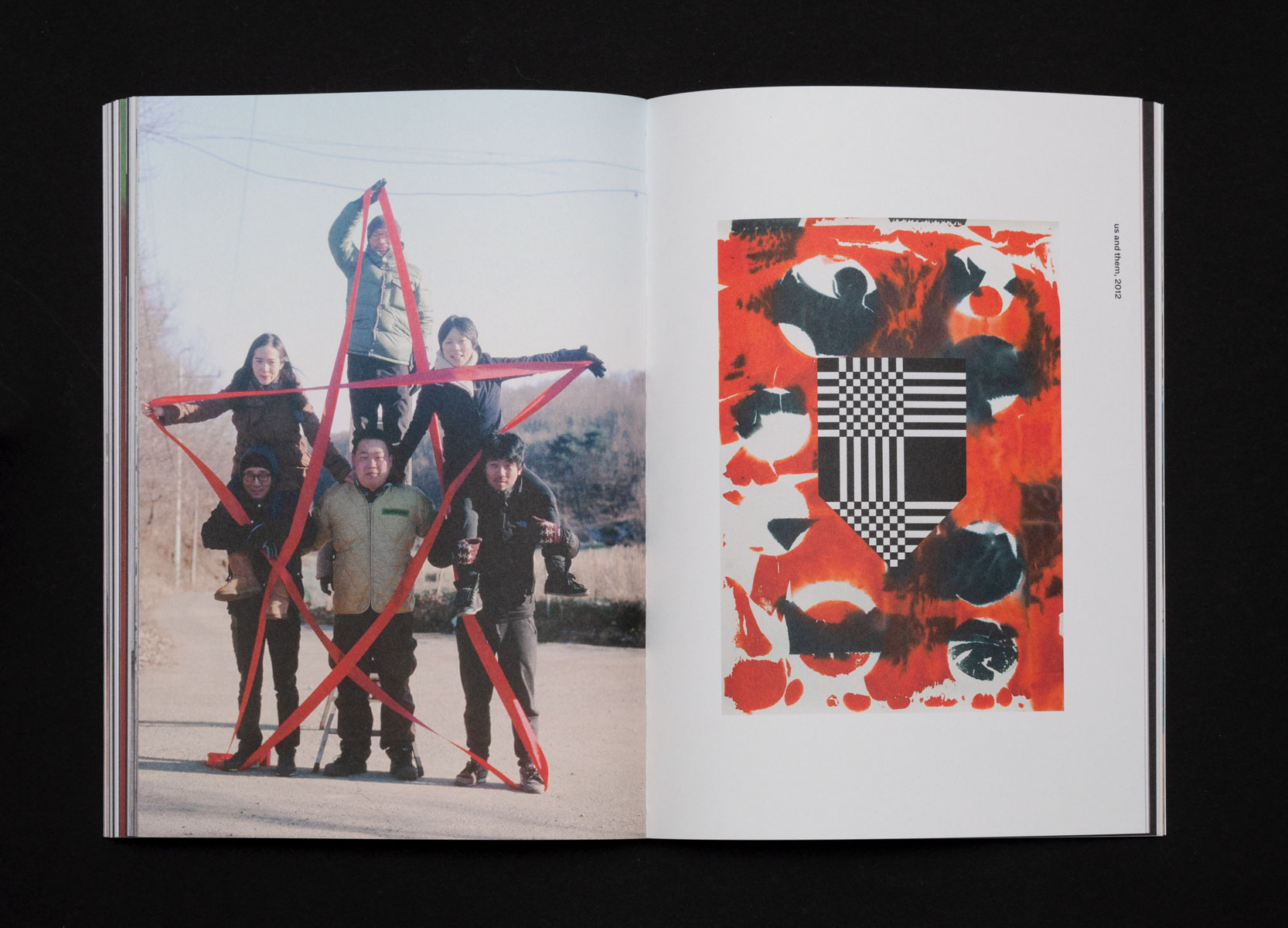
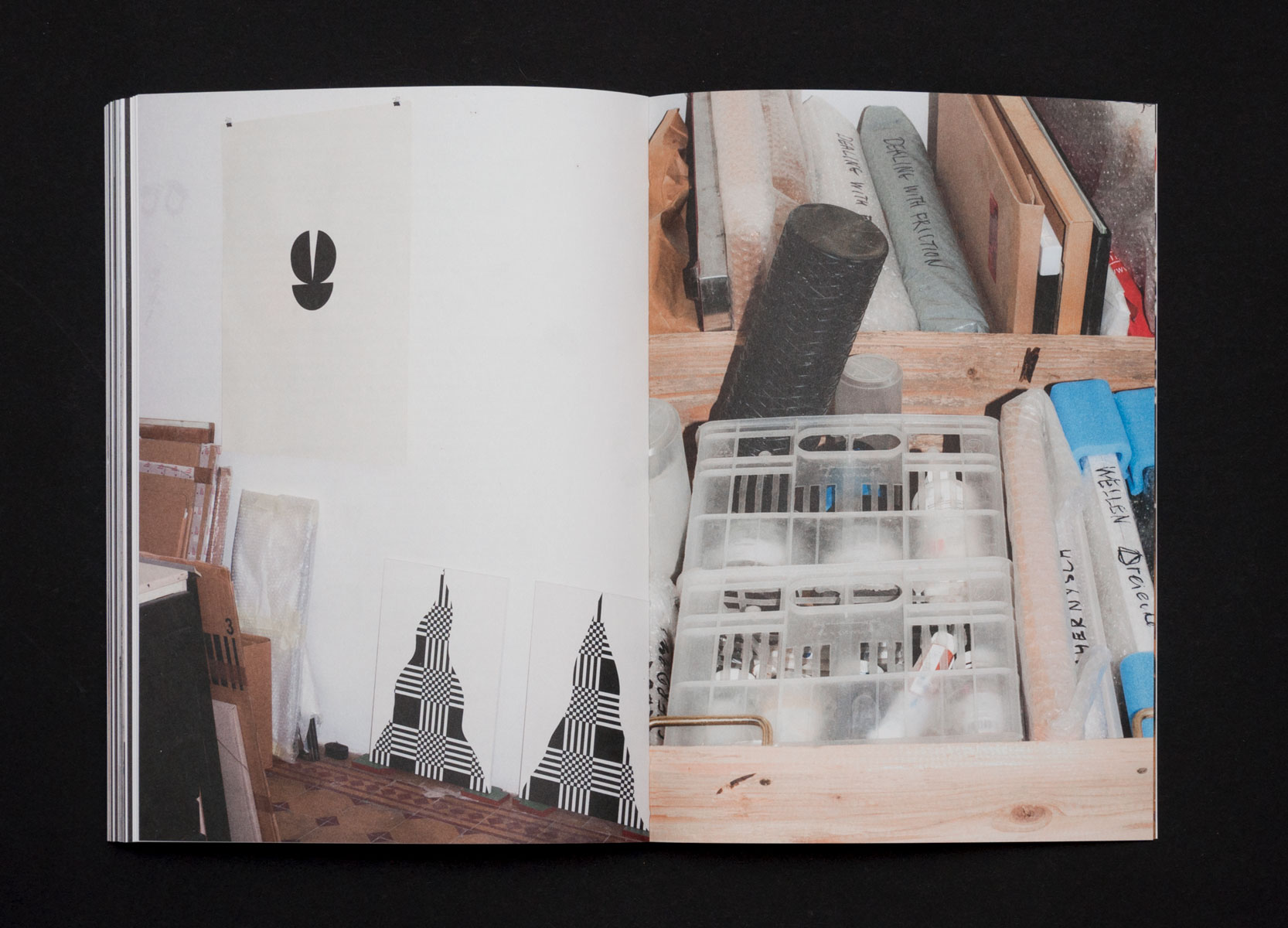
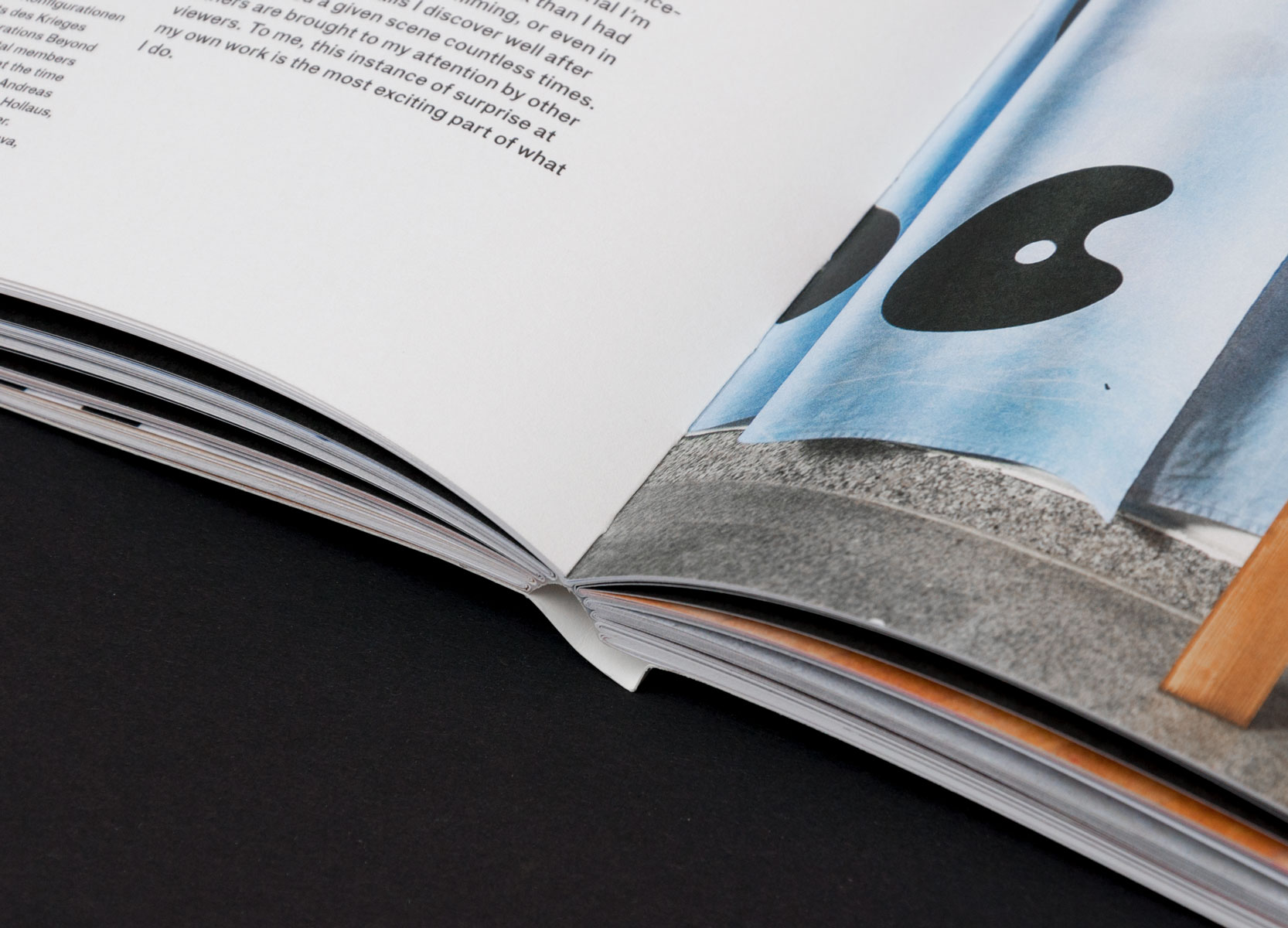
Photography by Sebastian Koeck
Ekaterina Shapiro-Obermair
History and Other Objects
Texts by Anna Matveeva, Katalin Timár, David Quigley and a conversation between Ekaterina Shapiro-Obermair and Astrid Peterle
Graphic Design by Atelier Liska Wesle
English, 160 pages, 19 × 27 cm, numerous illustrations in color, softcover
Special edition (20 + 5): cover with handmade silkscreen print
Vienna, SCHLEBRÜGGE.EDITOR, May 2020.
www.schlebruegge.com
This publication documents a selection of works from the past ten years and links different work groups of with one another. As different as the media in which Shapiro-Obermair works are—painting, sculpture, graphics, but also video and photography—her projects always take the same topics as a starting point or eventually return to them. The artist links historical and art-historical knowledge production and investigates the interrelations between ideology and form. Based on biographical experiences, she repeatedly explores the question of which channels shape identities—including artistic ones—and what visual expression this entails. The found and the documentary form their normal vocabulary just as much as the gestural or the concrete. The publication pays special attention to the artist’s graphic works, which are otherwise rarely shown and often taken from the series’ context.
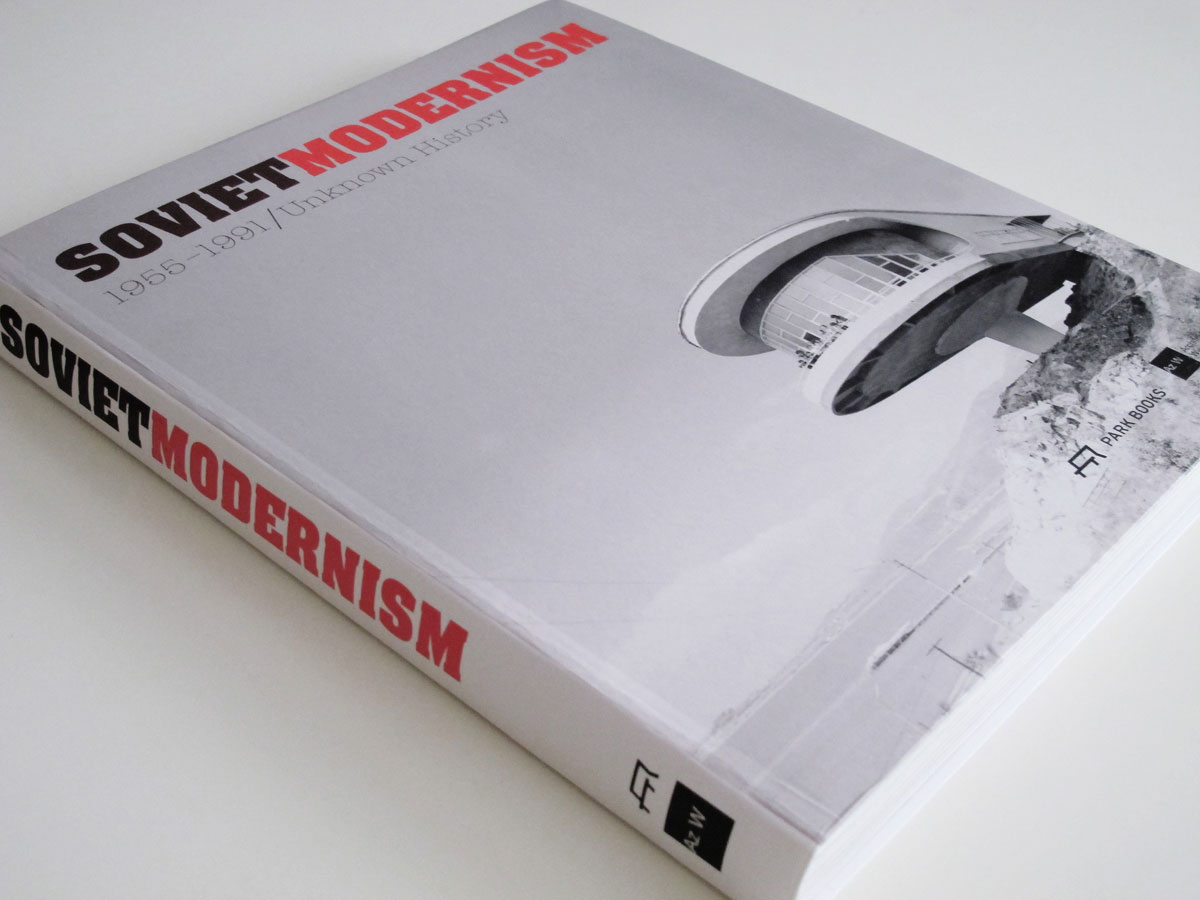
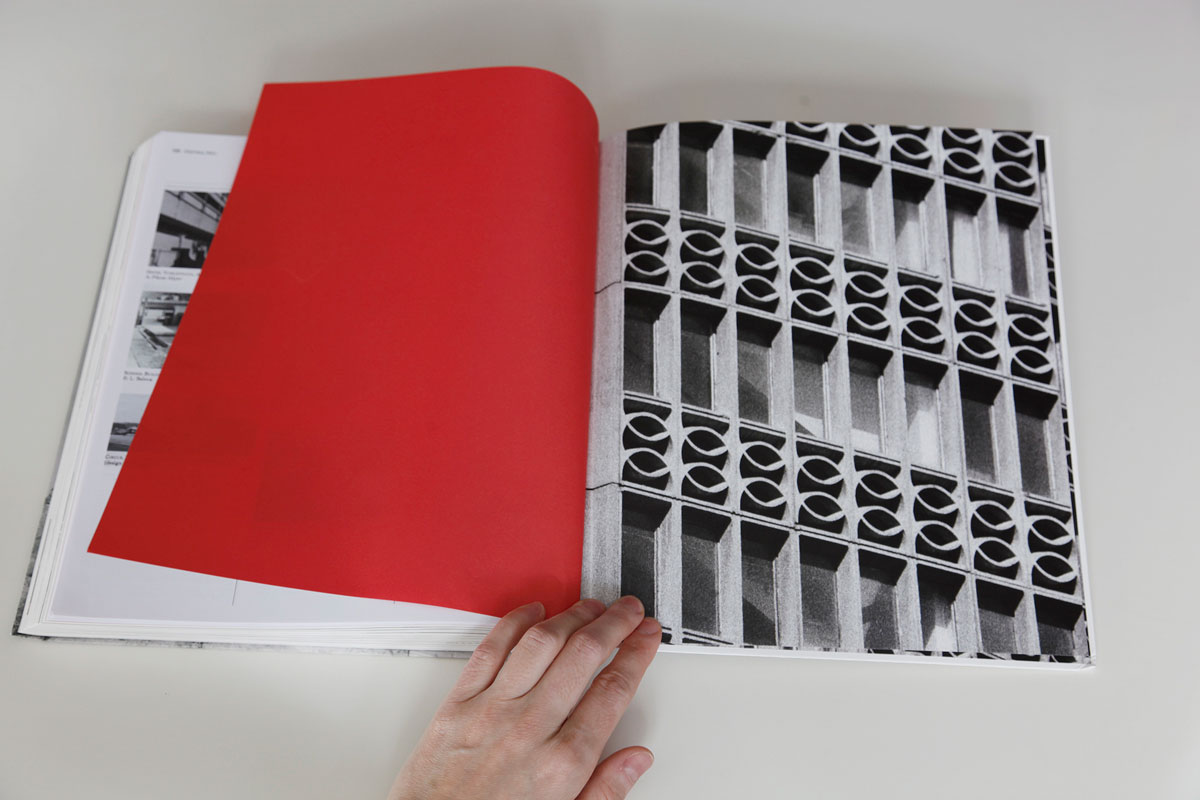
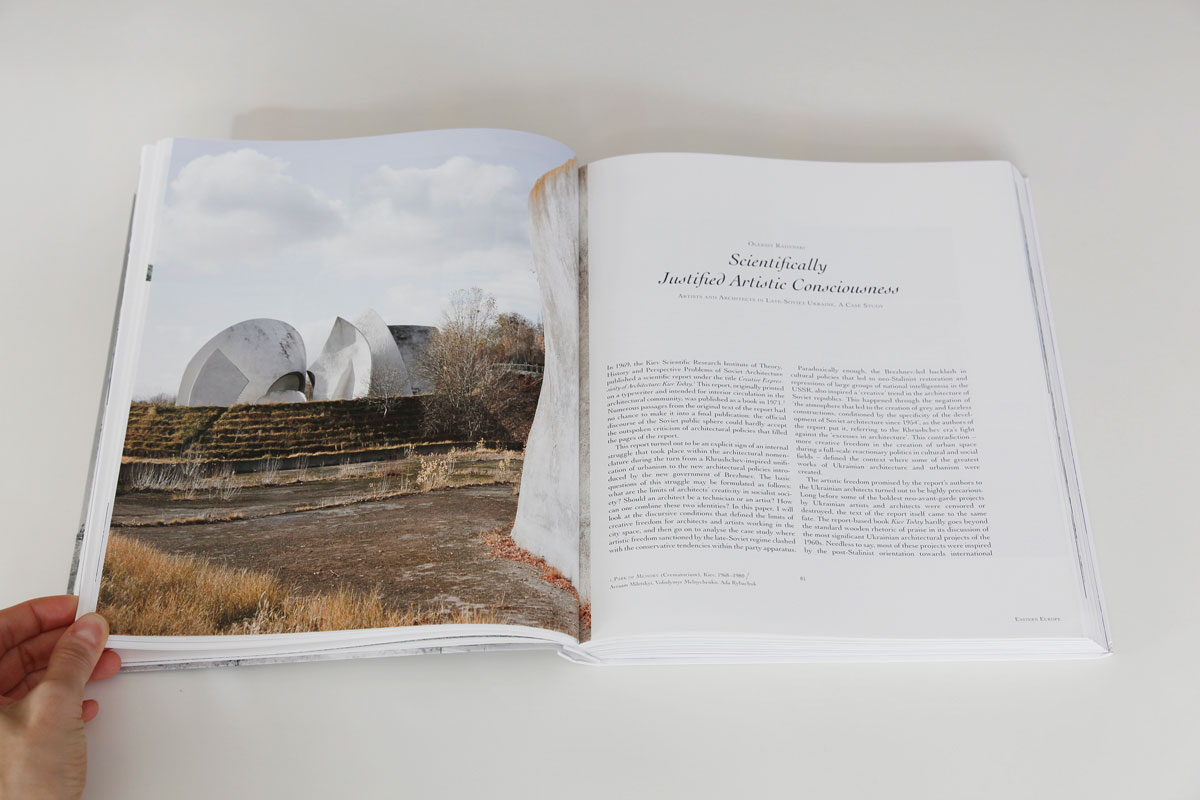
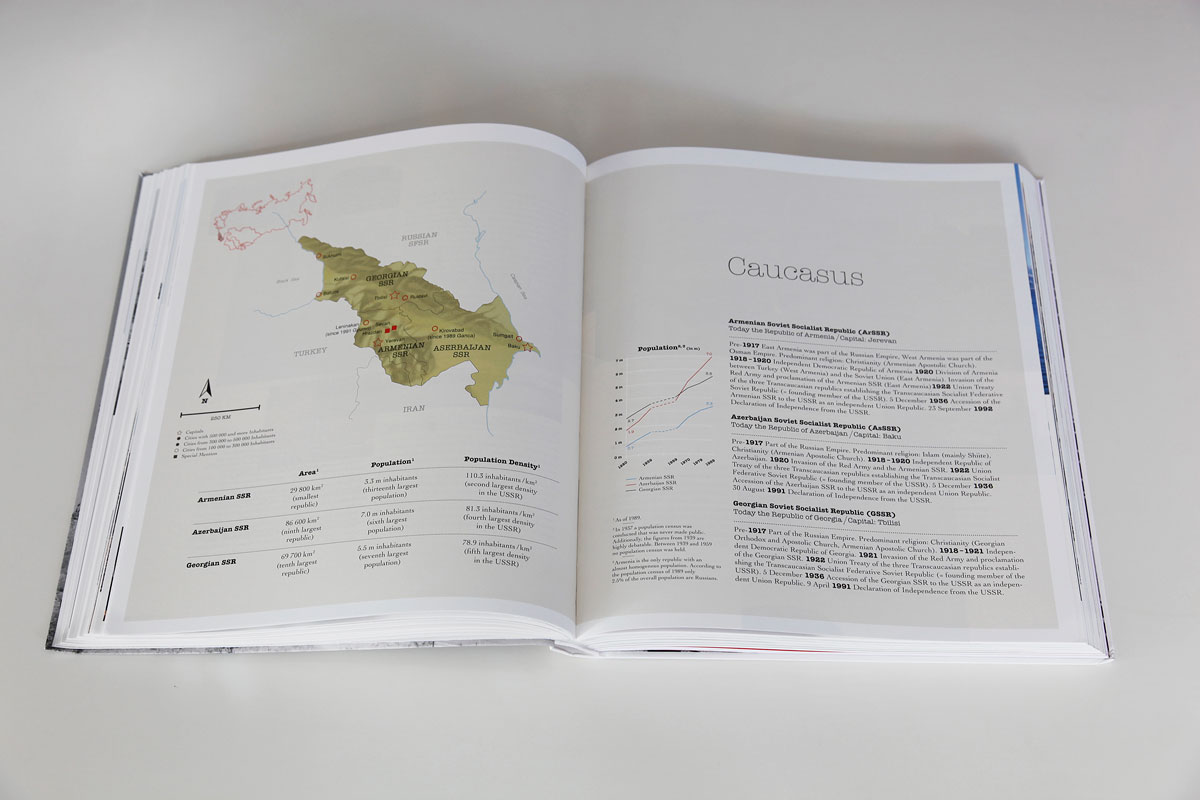
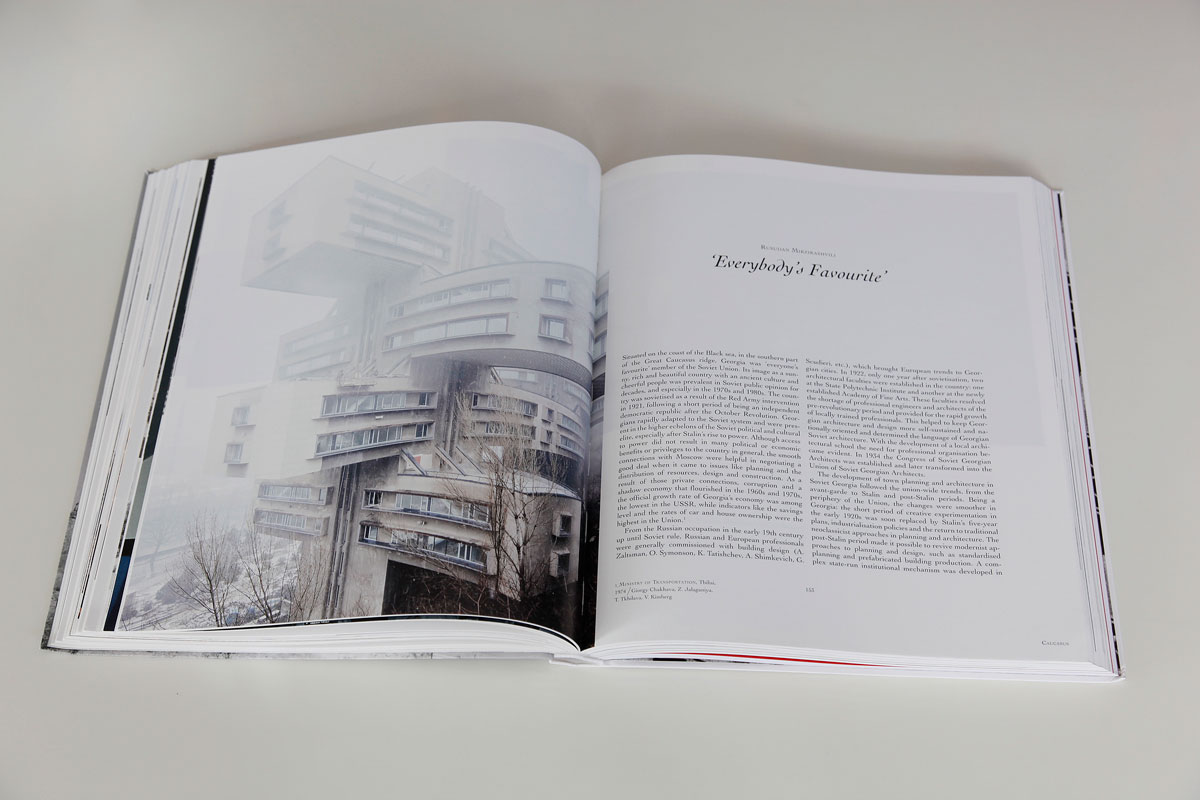
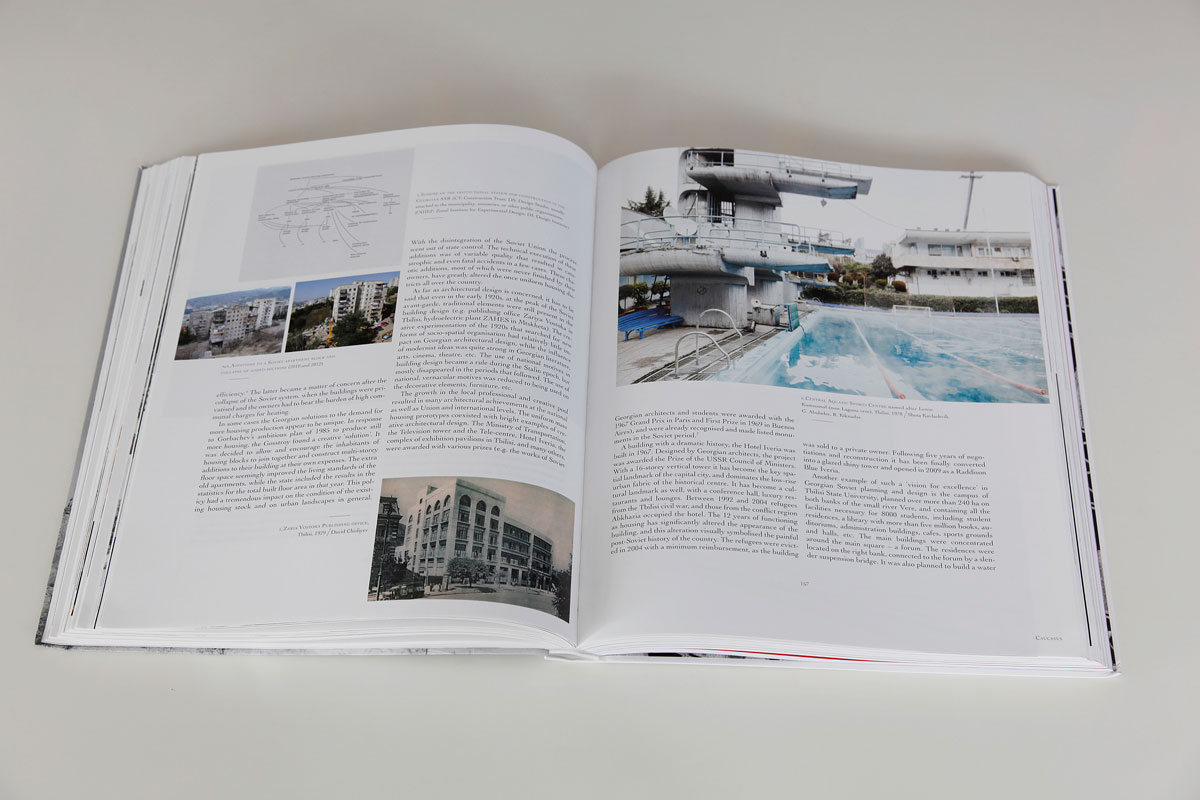
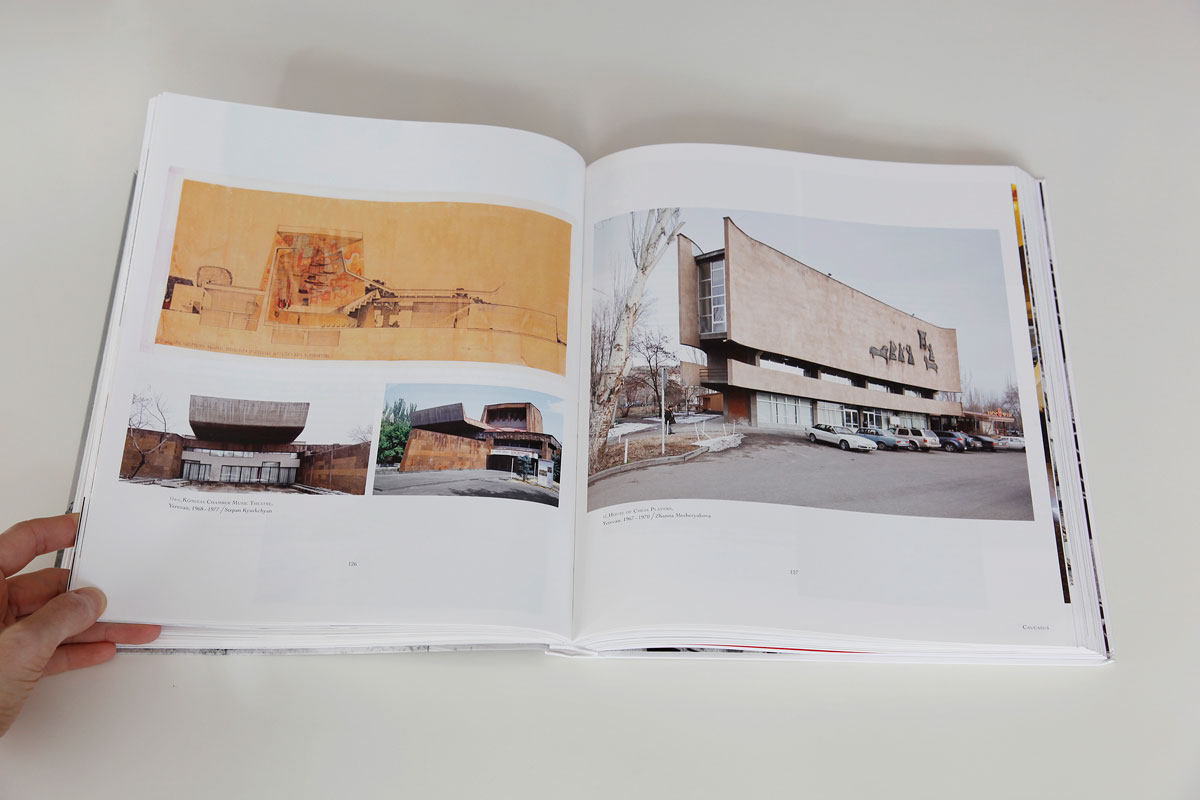
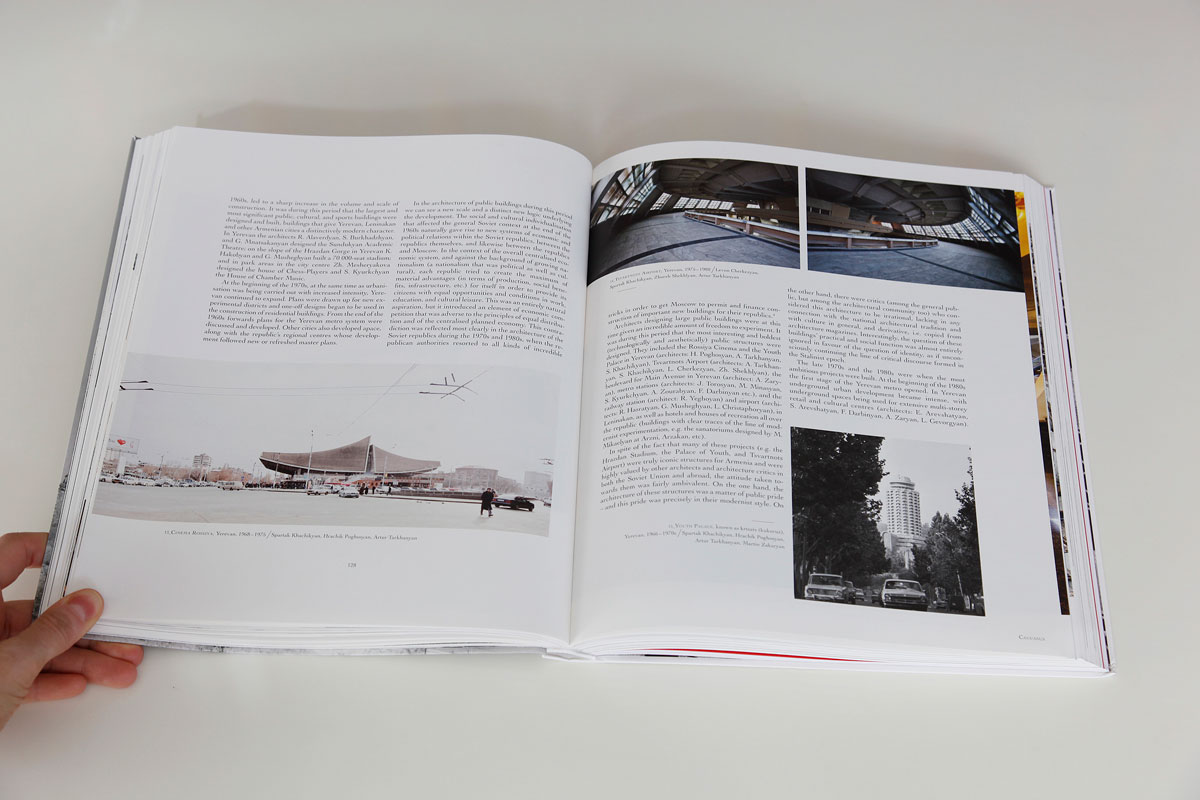
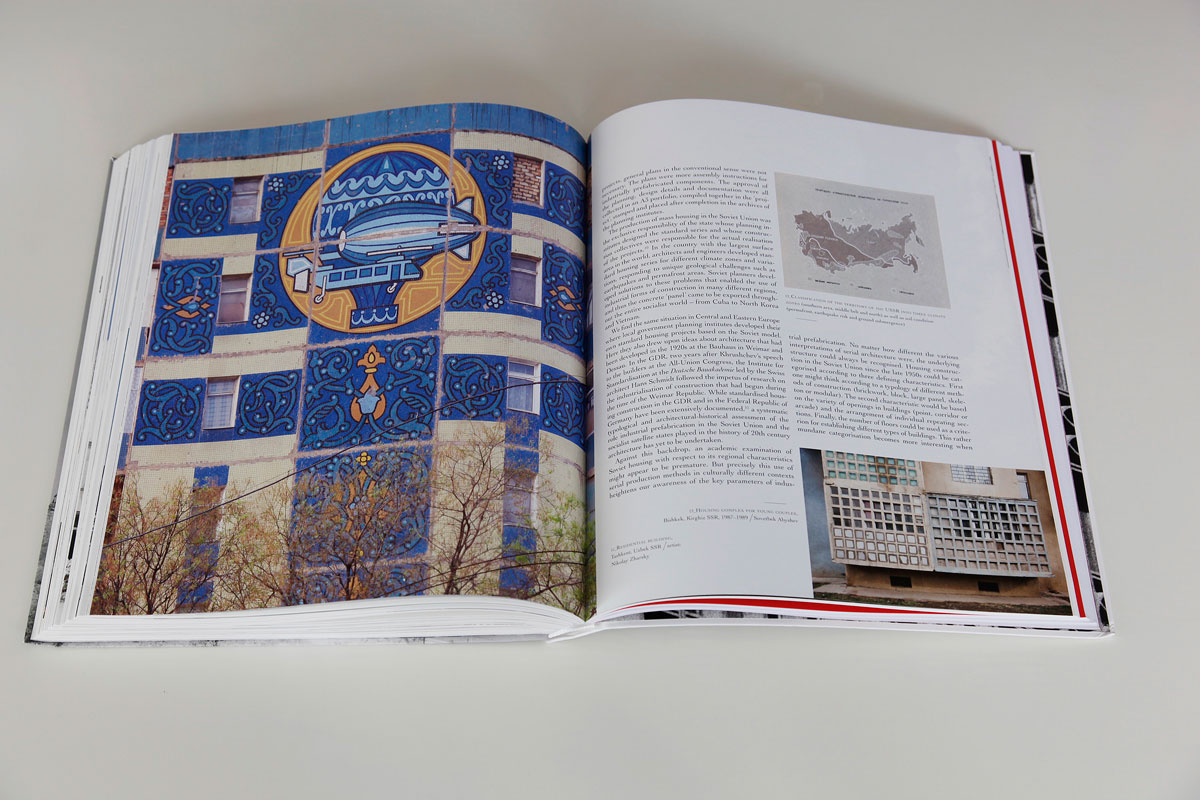
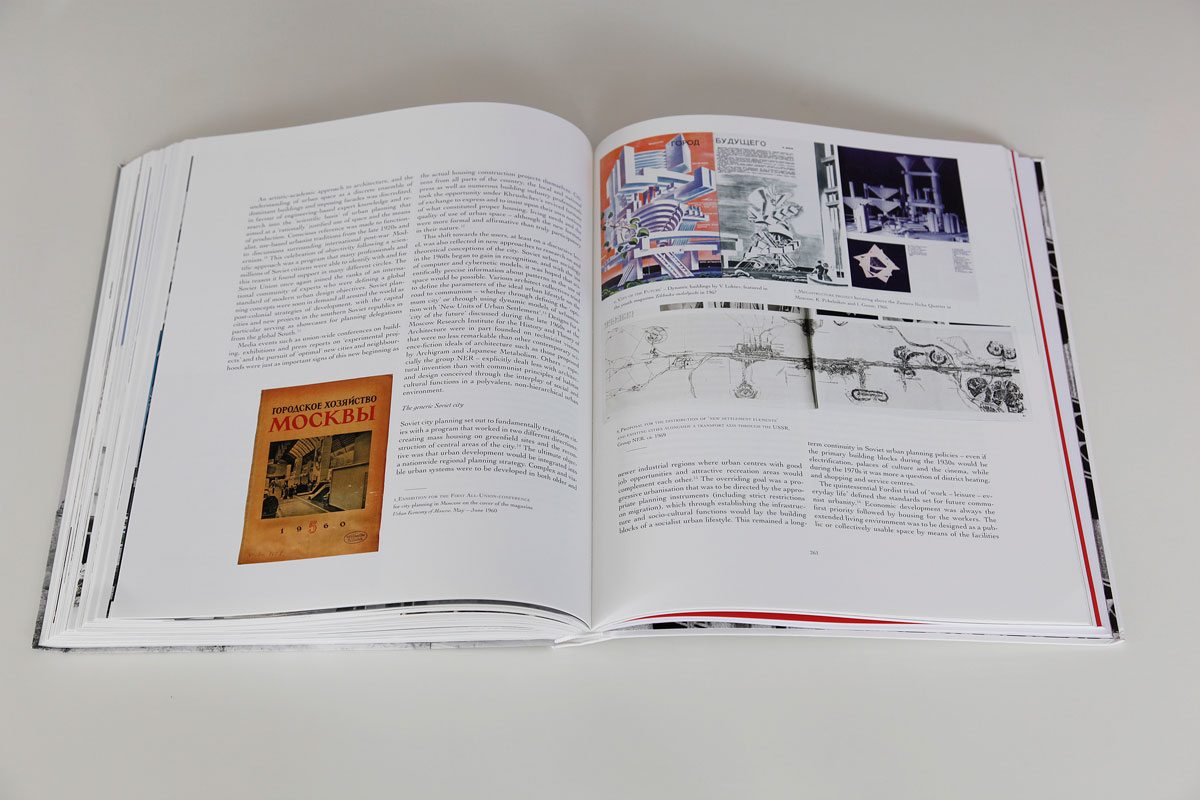
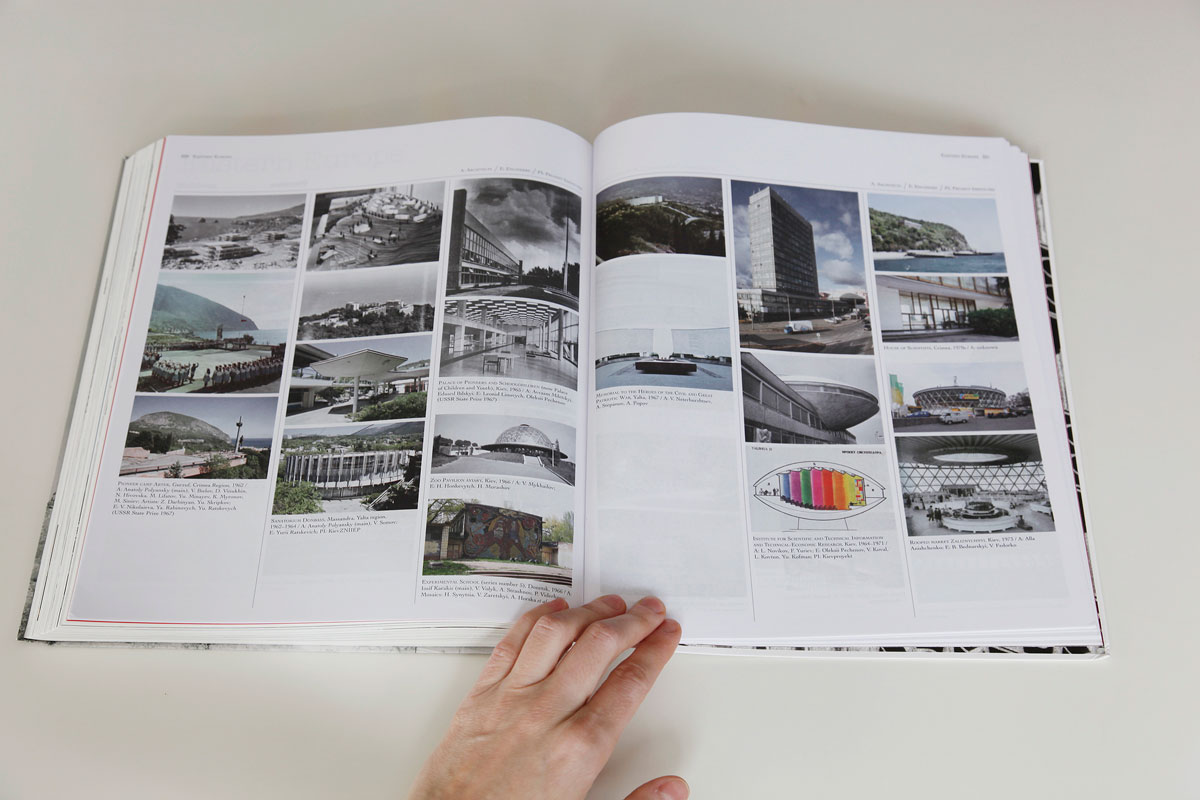
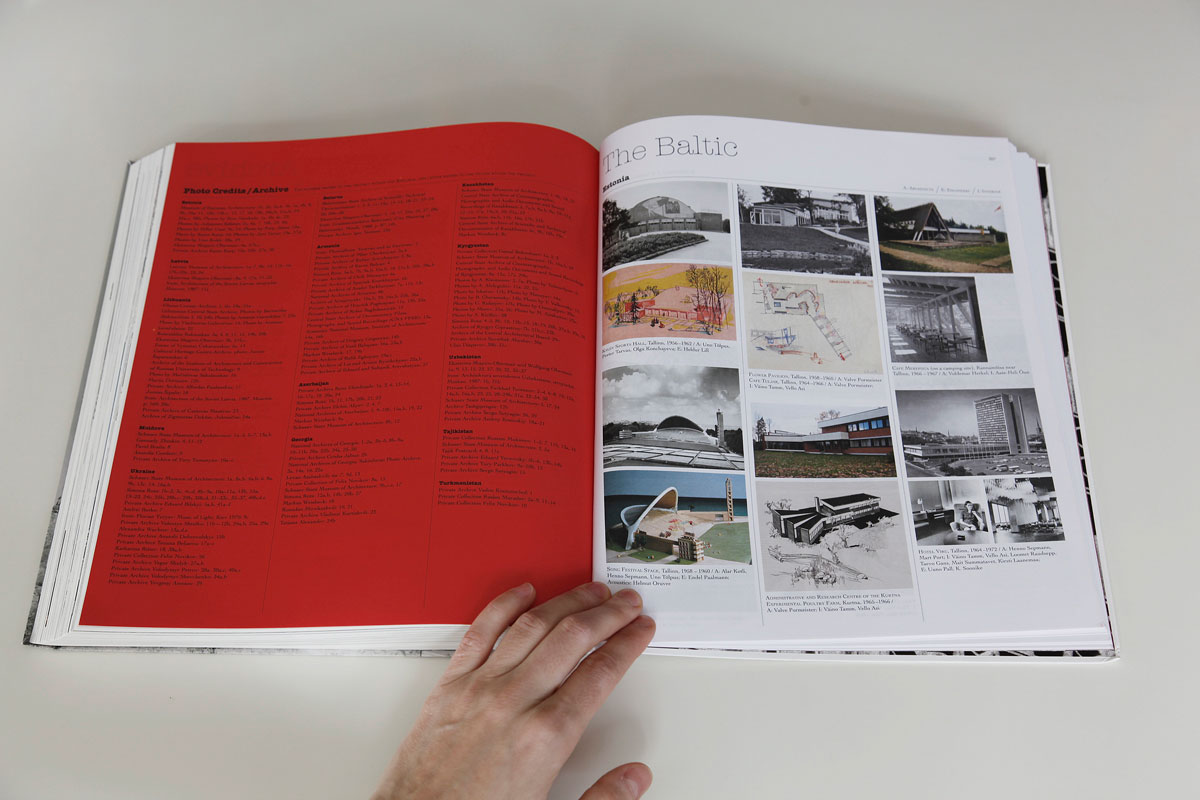
Photography by Simona Rota
Soviet Modernism 1955–1991
Unknown History
Edited by Architekturzentrum Wien
Katharina Ritter, Ekaterina Shapiro-Obermair, Dietmar Steiner, Alexandra Wachter
With text by Rasim Aliyev, Ruben Arevshatyan, Vladimir Belogolovsky, Elke Beyer, Gamal Bokonbaev, Boris Chukhovich, Anatolie Gordeev, Marija Drėmaitė, Philipp Meuser, Rusudan Mirzikashvili, Rustam Mukimov, Ruslan Muradov, Mart Kalm, Andreas Kappeler, Felix Novikov, Katharina Ritter, Vaidas Petrulis, Maija Rudovska, Oleksiy Radynski, Ekaterina Shapiro-Obermair, Yuliya Sorokina, Dietmar Steiner, Iliana Veinberga, Alexandra Wachter, Dimitrij Zadorin.
This book is published on the occasion of the exhibition 'Soviet Modernism 1955–1991. Unknown Stories' 07.11.2012 to 25.02.2013 at the Architekturzentrum Wien
Zurich, Park Books, 2012
The present book shifts the perspective that Russia has erpetuated until now, placing the architecture of all other Soviet republics in the center of the study. Accordingly, our main concern in compiling the essays was to present the contribution of local experts for each country. The result is a eterogeneous collection of analyses, retrospectives and case studies in which the personal experience of this epoch resonates and others that address this subject matter with a certain distance. Texts of the ‘young generation’, which sometimes approach the legacy in a more unburdened way can be found next to texts which are still imbued with the tone of the Soviet system. As an important complement to the texts on regional developments and specificities, the contributions by Elke Beyer and Philipp Meuser offer insights into the Soviet urban planning discourse as well as the serial mass housing projects and the related centralistic organization of architecture and building.
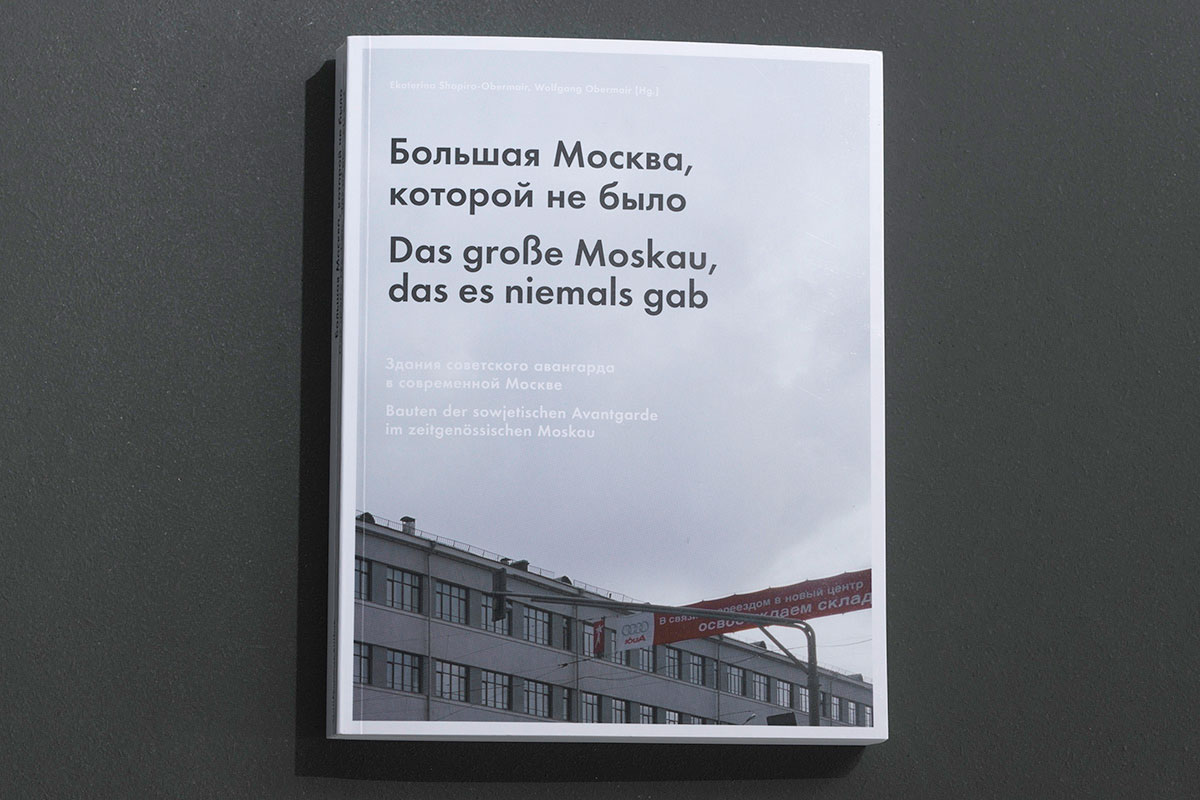
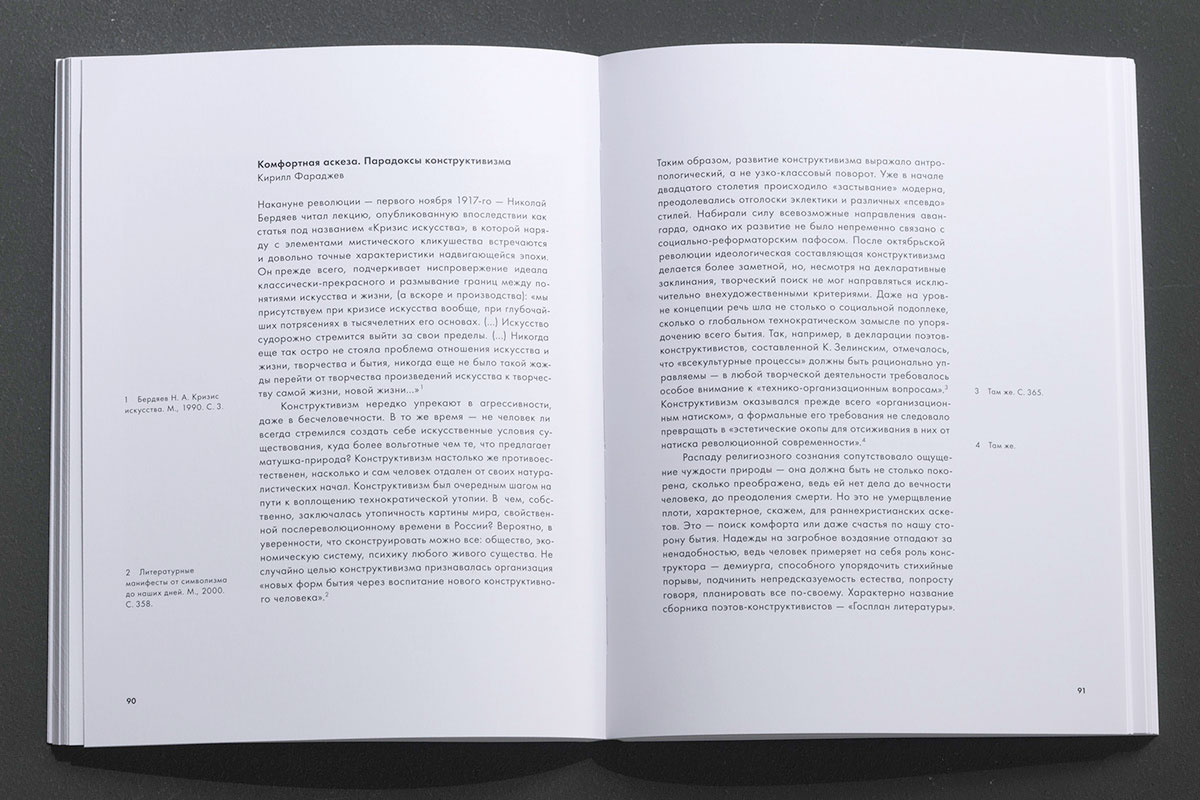

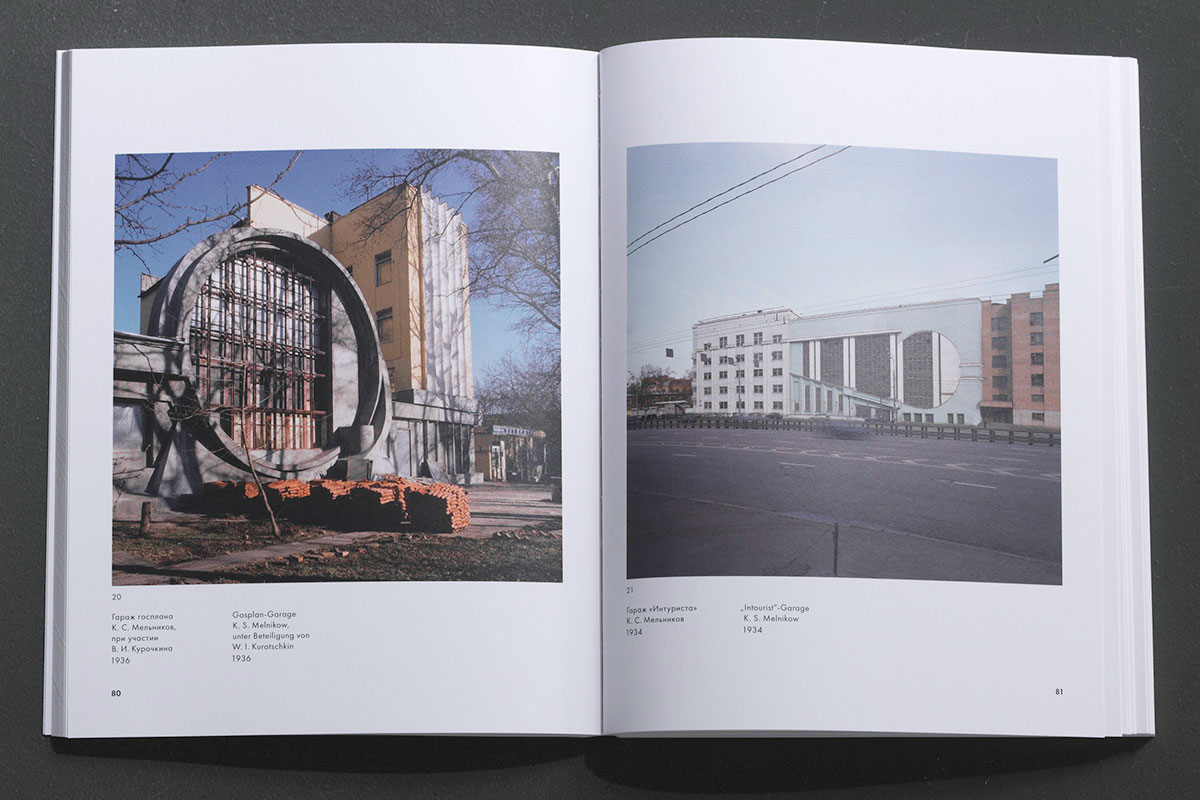
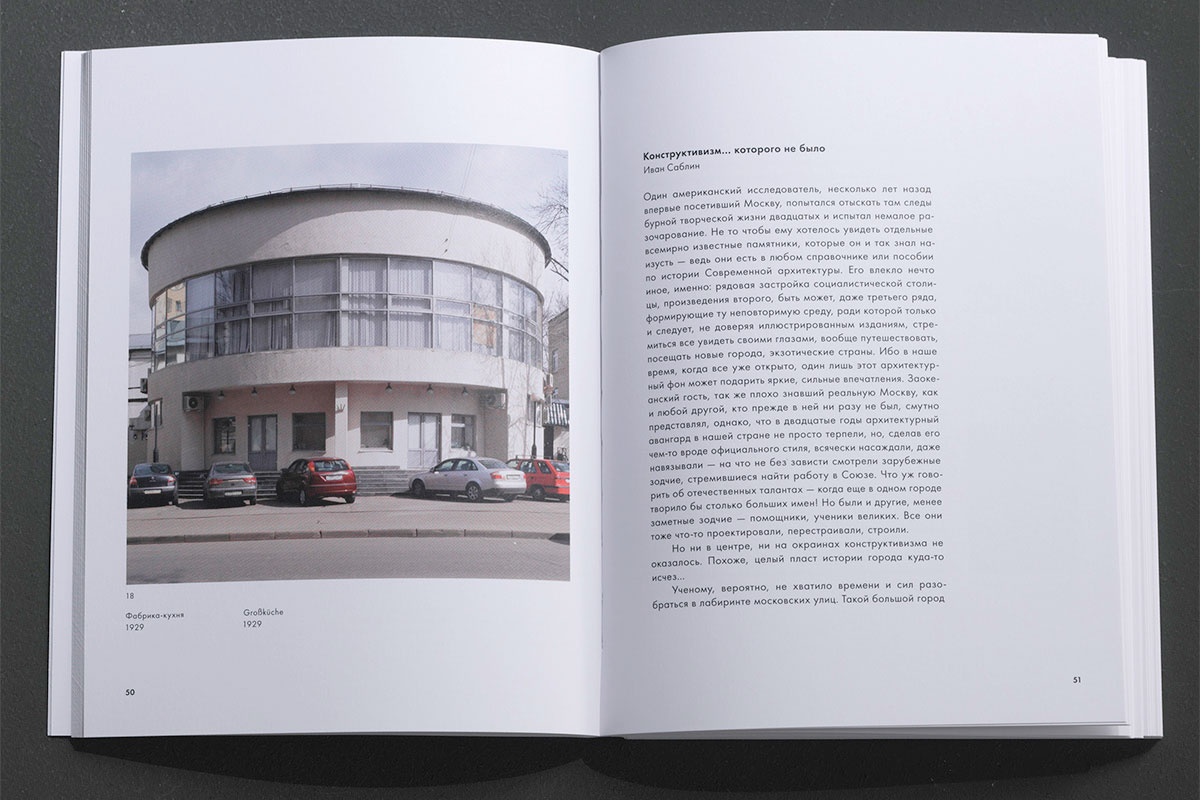
Photography by Ulrike Boehm
Das große Moskau, das es niemals gab: Bauten der sowjetischen Avantgarde im zeitgenössischen Moskau
The Great Moscow, that Never Was: Buildings of the Soviet avant-garde in contemporary Moscow
Ekaterina Shapiro-Obermair, Wolfgang Obermair [Ed.]
With contributions by Nikolai Assejew, Kirill Faradzhev, Sergei Nikitin, Iwan Sablin, Ekaterina Shapiro-Obermair and photographs by Ulrike Boehm, Vera Faber, Julia Jungfer
Germ./Russ., 204 p., 16,5 × 21,3 cm, numerous color and b[&]w images, paperback
Vienna, SCHLEBRÜGGE.EDITOR, 2008.
www.schlebruegge.com
The volume documents architecture of the Soviet avant-garde in Moscow and the present situation. Besides four controversial essays by younger generation Russian authors and a narrative by N. Aseyev of 1925, the book contains an extensive illustrated section. The main focus is on the building types of the 1920s: working-men’s clubs, canteen kitchens, community houses, bread factories, garages, public schools. Many of these so-called “Buildings of the Second Plan” were rediscovered only recently. The publication responds to today’s question of conservation or demolition with a psychograph of a Moscow that never existed. The editors offer insights into the current discourse as a platform for the necessary and in Moscow still outstanding discussion on architectural heritage and urban space.
Selected exhibition catalogues and image contributions
Talking Studios, exh. cat., Luisa Kasalicky, Suse Krawagna, Ekaterina Shapiro-Obermair, Martina Steckholzer, Gerlind Zeilner, Judith Zillich and Christina Zurfluh (eds.), Revolver Publishing, Berlin, 2022, pp. 30–37, 84–85, 86, 88.
Die ersten 30 Jahre – Photographie, Anja Manfredi, Schule für Künstlerische Photographie, Wien (ed.), Fotohof edition, Salzburg, 2020, pp. 488–491.
Muliple Singularities, exh. cat., Academy of fine arts Vienna (ed.), Vienna, 2020, pp. 36–39
Ve.Schheft Nr. 21 2018/19, Martin Vesely (ed.), Vienna, 2020, pp. 14–17, 20–24.
With View to the Sea, exh. cat., Wolfgang Obermair, Ekaterina Shapiro-Obermair (eds.), Vienna, 2019, pp. 18–21.
Diagonale’19 Festival des österreichischen Films, Graz, Czernin Verlag, Wien, 2019, p. 141.
Ji.hlava film catalogue, Matčej Metelec (ed.), DOC.DREAM services, Jihlava, 2018, pp. 104–105.
the Village and the Revolution, exh. cat., Simon Mraz (ed.), Austrian Cultural Forum, Moscow, 2018, pp. 794–799.
Black Bridge Off, Anna Hofbauer, Bianca Regl (eds.), Verlag für Moderne Kunst, Wien, 2018, pp. 260–265, 272.
35. Österreichischer Grafikwettbewerb, exh. cat., Nina Tabassomi (ed.), Taxispalais – Kunsthalle Tirol, Innsbruck, 2017, p. 11.
The Five Moons: Return of the Nameless and Unknown, exh. cat., Pyeongchang Biennale 2017, Pyeongchang, South Korea, 2017.
Kunstwerke für das Leben, auct. cat., Caritas der Erzdiöse Wien (ed.), Dorotheum, Vienna, October 24, 2016, p. 108.
4. André Evard-Preis für konkret-konstruktive Kunst, exh. cat., kunsthalle messmer, Riegel am Kaiserstuhl, 2016, p. 79.
Award Winners Exhibition 2015, exh. cat., Patrick Urwyler (ed.), Chimera-Project Gallery, Budapest, 2016.
Über Malerei, ]a[ akademie der bildenden künste wien, Vienna, 2015.
Tales of 2 Cities, exh. cat., Astrid Peterle (ed.), Jewish Museum Vienna, Vienna, 2015, pp. 44–59.
Between the Volga and the Danube: the album, Moscow, 2015.
[silence] – A Holocaust Exhibition, exh. cat., Katalin Timár (ed.), Ludwig Múzeum Budapest, Budapest, 2014, pp. 100–103.
Anton Faistauer Preis 2014, exh. cat., Galerie im Traklhaus, Salzburg, 2014.
Vier Jahre Ve.Sch ungefähr…, Martin Vesely (ed.), Wien, 2012.
Gyeonggi Creation Center Residency 2011, Gyeonggi Museum of Modern Art, Ansan-si, Gyeonggi-do, South Korea, 2012.
32. Österreichischer Grafikwettbewerb, exh. cat., Galerie im Taxispalais, Innsbruck, 2011, p. 40–41.
Report – Magazine for Arts and Civil Society in Central and Eastern Europe, Erste Bank, Issue 1/2009, www.kontakt.erstegroup.net, 2009.
Archive in Residence. Vienna – Bucharest, Anton Ovidiu, Hohenwarter Julia (eds.), Vienna, 2008.
Articles
Shapiro-Obermair, Ekaterina. “Contested Ground: Public Commemorations of the Shoah in Lviv”, in: Eastern European Holocaust Studies, 2024
Wachter, Alexandra, Shapiro-Obermair, Ekaterina, “From Soviet to Post- or Anti-Soviet: two L’viv museums of war in search of a new Ukrainian narrative of World War II”, in: Laboratorium 2018, 10 (2), pp. 52–79
Wachter, Alexandra, Shapiro-Obermair, Ekaterina, “Territory of Terror. Observations on the musealization of violence in Western Ukraine”, in: Cultures of History Forum, Imre Kertesz Kolleg, Uni Jena, Januar 2017
Shapiro-Obermair, Ekaterina, “Framing structures of the collective memory”, in: Motel Trogir: it is not future that always comes after, Nataša Bodrožić, Saša Šimpraga (ed.), Zagreb, Eindhoven 2016, p. 205